↠ Sponsored post ↞
A thick morning mist spread across the sky as I stared out of the bus window, en route from Odder to Snaptun. Soon, I’d be boarding a ferry that would take me to an island that is home to thousands of wild rabbits, Endelave, located in Denmark’s Kattegat Sea. Two days of activities, wild rabbit sightings and island atmosphere awaited me.
I’d been to Endelave before, on a day trip with my family in 2018, and this trip left me wanting more. A week ago, I finally returned.
At 9.45 AM, I boarded the ferry and went out on the deck to watch as Snaptun disappeared and gave way to the island of Hjarnø before that also disappeared in the thick fog. The journey to Endelave lasted seventy minutes and took me past Møllegrunden, an important breeding sanctuary for seals, some of which I could spot in the distance.
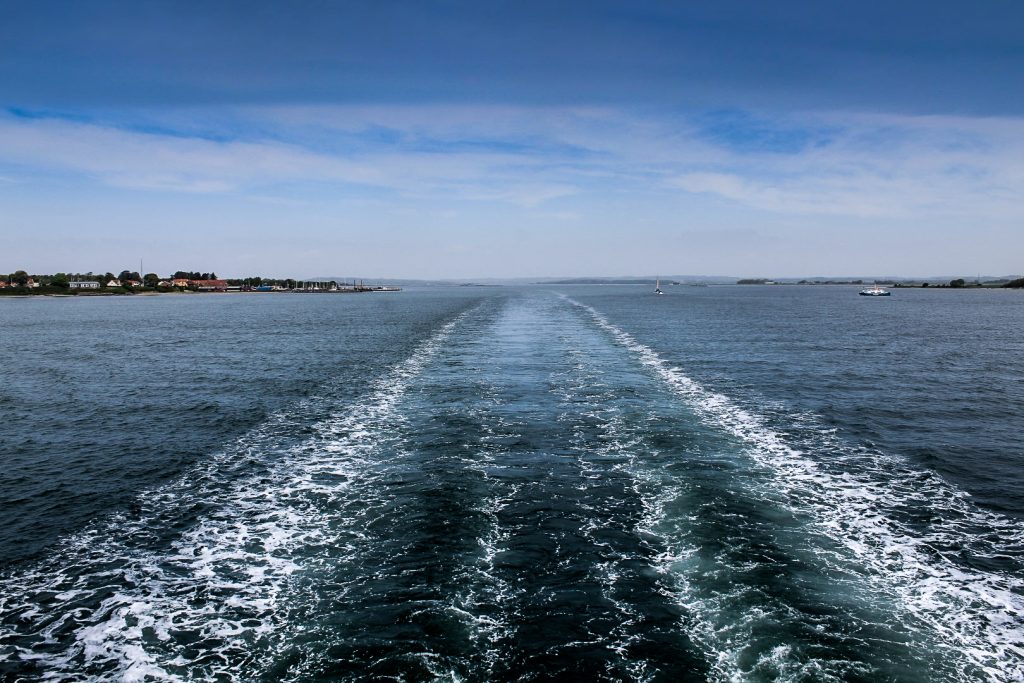
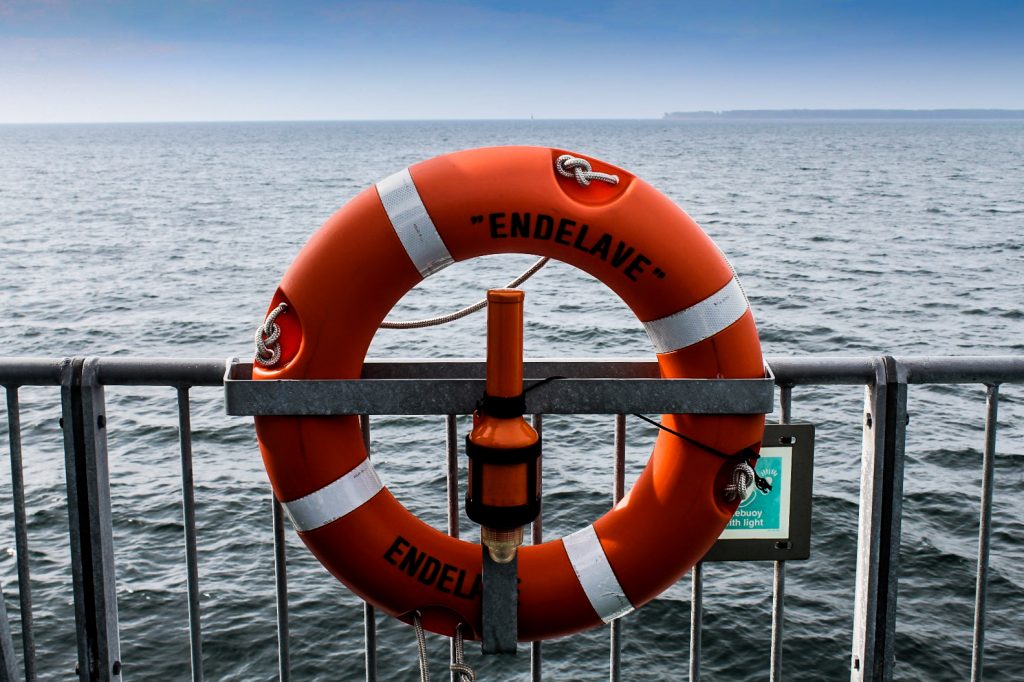
Horseback riding through Lynger Hage
As soon as I arrived, I picked up a rental bike at Endelave Grill og Café and set off to find the local horse riding center, Turridning Endelave, where I would enjoy my first of many activities and also stay overnight in their cozy B&B. Of course, like I usually do, I got lost on my way there, but with the help of quite a few friendly locals, I made it just in time for my horseback riding tour.
I was met by Mette, one half of the owners of the riding center, and Mathilde, one of her local riders. They ensured me that I wasn’t going to fall off, and then we set off on our journey. We rode for two hours through some of Endelave’s diverse nature at Lynger Hage. It wasn’t long until I spotted my first wild rabbit, or so I thought. I let out a squeal and excitedly shouted at the others to look, but then immediately realized that seeing a rabbit occurs everyday for them. Once Mette had stopped laughing and I’d settled back down in my saddle, Mathilde gently told me that it wasn’t a rabbit, but a hare. Oh well, any wildlife will do!
We rode past old half-timbered cottages and in through an untouched forest to the estate of Louisenlund from 1797. Mette pointed out a large raven’s nest, which called for our first short break. Soon after, we entered Troldeskoven (‘the Enchanted Forest’), which lead us down to the ocean. There, we were met by a bright and warm sun that had emerged from the fog.
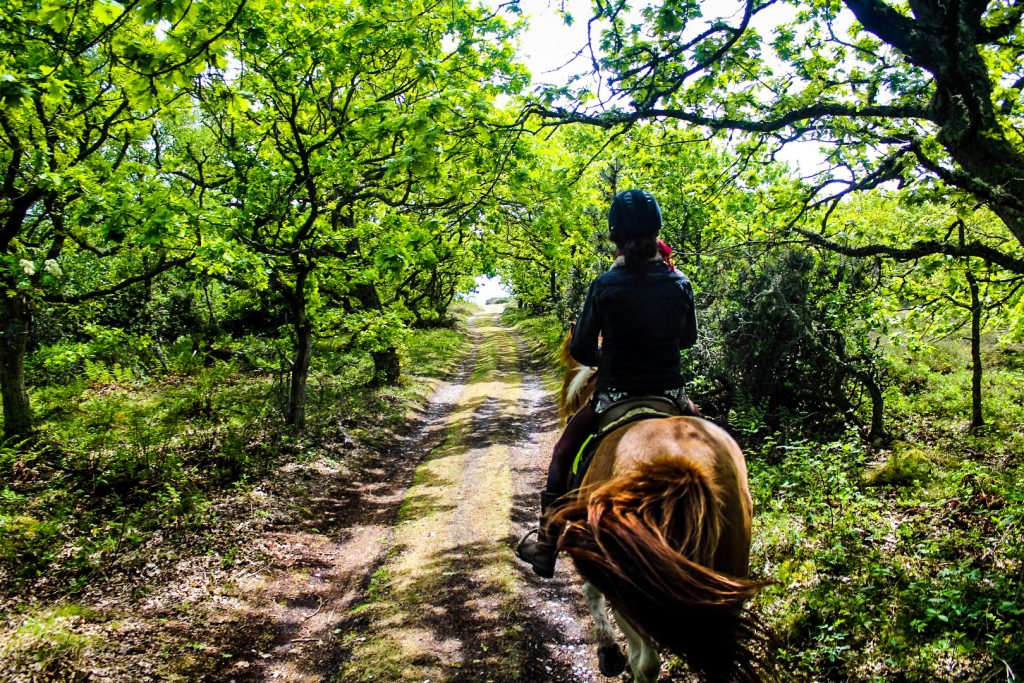
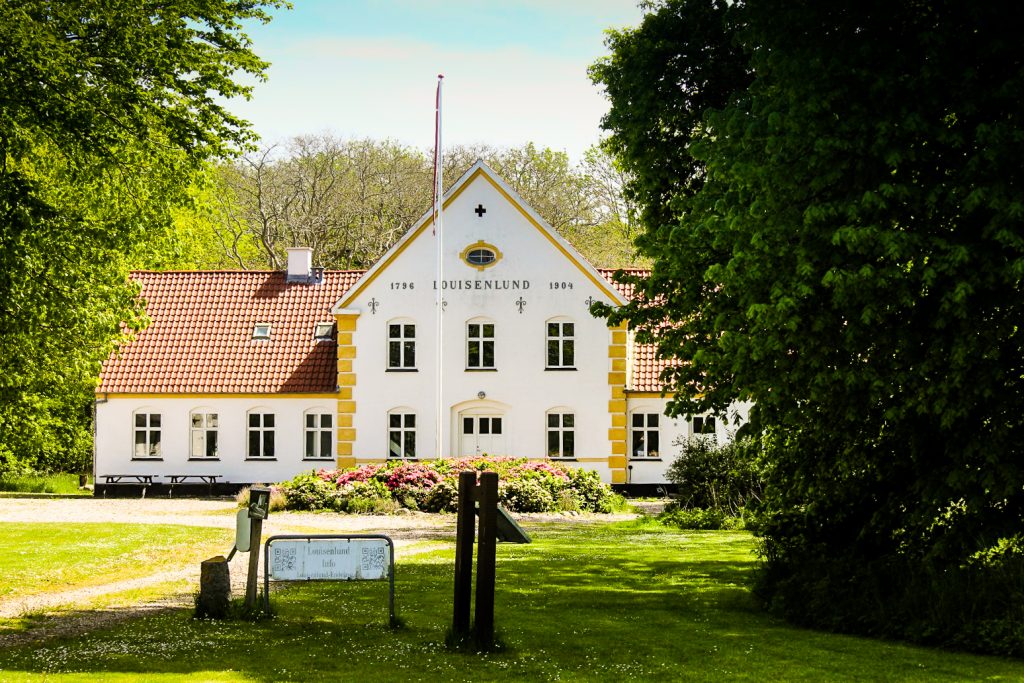
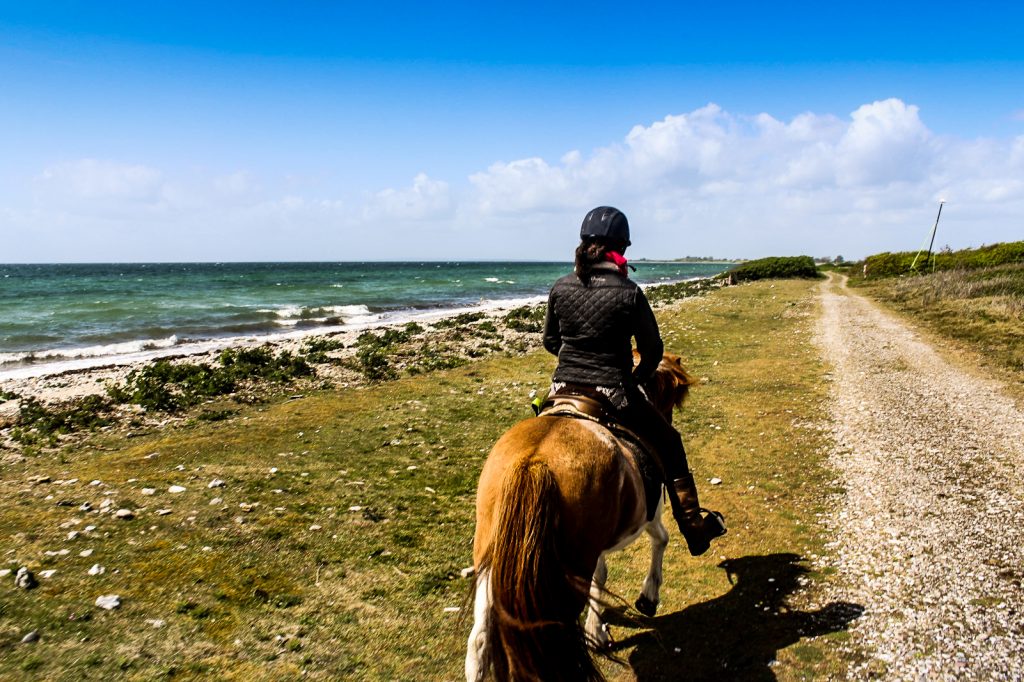
Slowly, we made our way along the rocky shore while Mette and Mathilde told me all about island life and their passion for horseback riding. Mathilde grew up on the island, and although she now has to travel to the mainland to go to school, she told me that she wouldn’t trade her home for anywhere else. I understand why.
Our way home went through the forest once again, past Louisenlund and onto a country lane through an open field which brought us all the way back to the riding center. I then got settled into my room for the night and enjoyed a cup of tea with Mette, who continued to inspire me with stories from her life on the island.
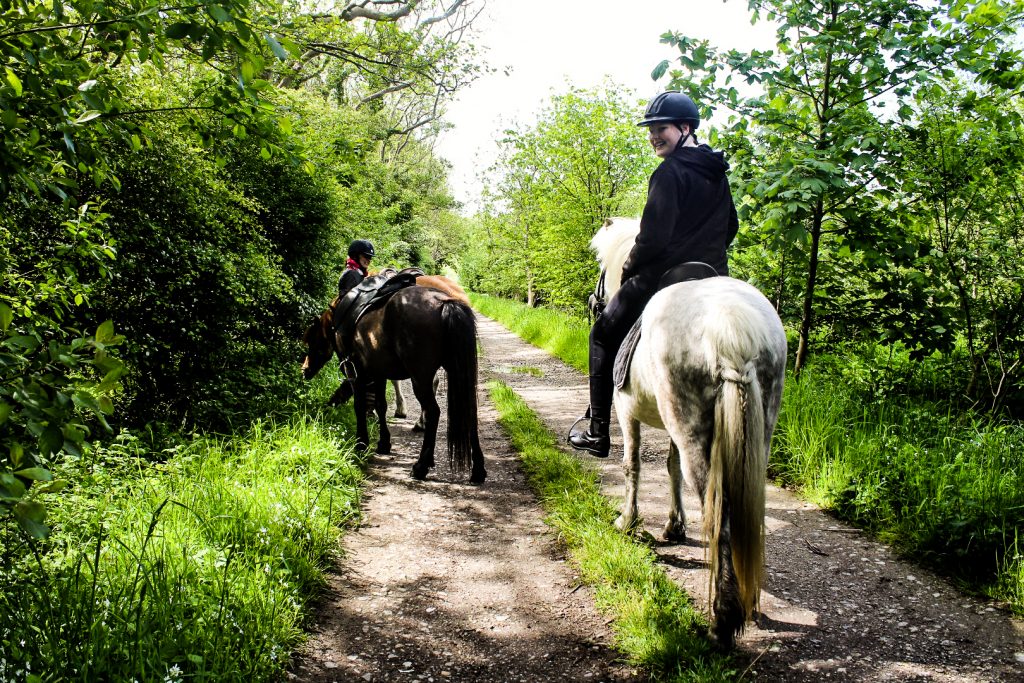
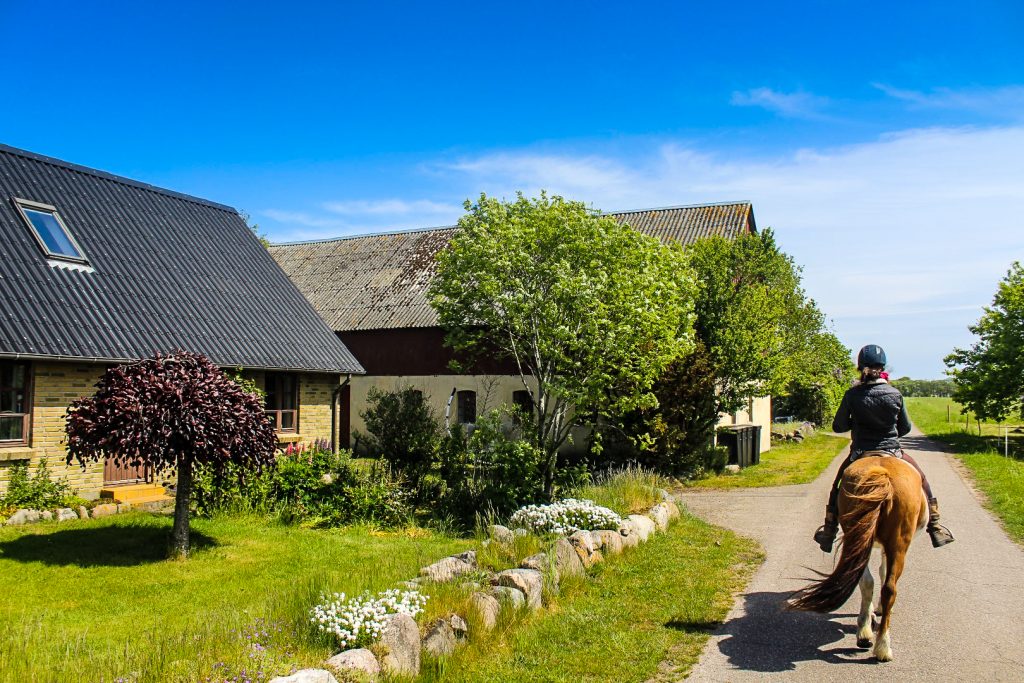
A stroll through the village
After my tea with Mette, I took off for a bike ride to the village and then decided to pull my bike along to take it slowly and see everything. The village is home to the majority of the islands’ 155 inhabitants, and is full of well-preserved cottages and farm buildings from the 18th and 19th centuries. Time surely stands still on Endelave. Like Mette put so well, a trip to Endelave is like stepping into a Denmark of the past.
Despite the low number of inhabitants, the village is well-equipped with a small grocery store, a post office, library, inn, café, pub, craft shops, museum and a beautiful Gothic church from the 15th century. The village also has a school, although this was put out of use in 2018.
I had hoped to visit the museum, but unfortunately, it was closed due to Covid-19. The church was also closed, but I did locate a small footpath behind the graveyard, where I sat for a while to study two swans in a nearby pond before continuing my stroll through the quaint village.



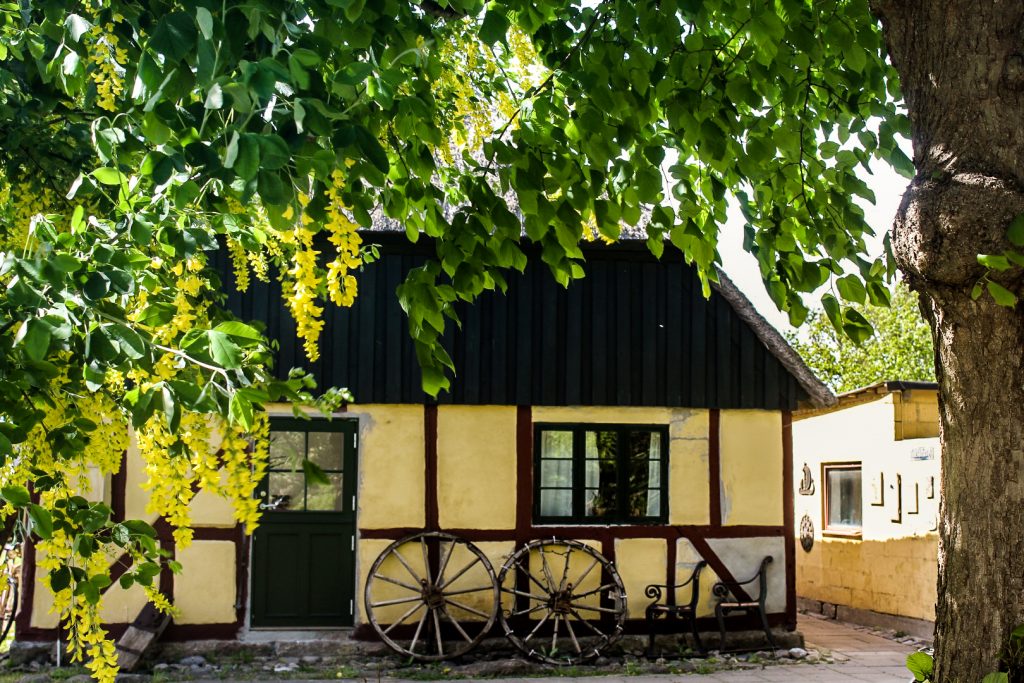
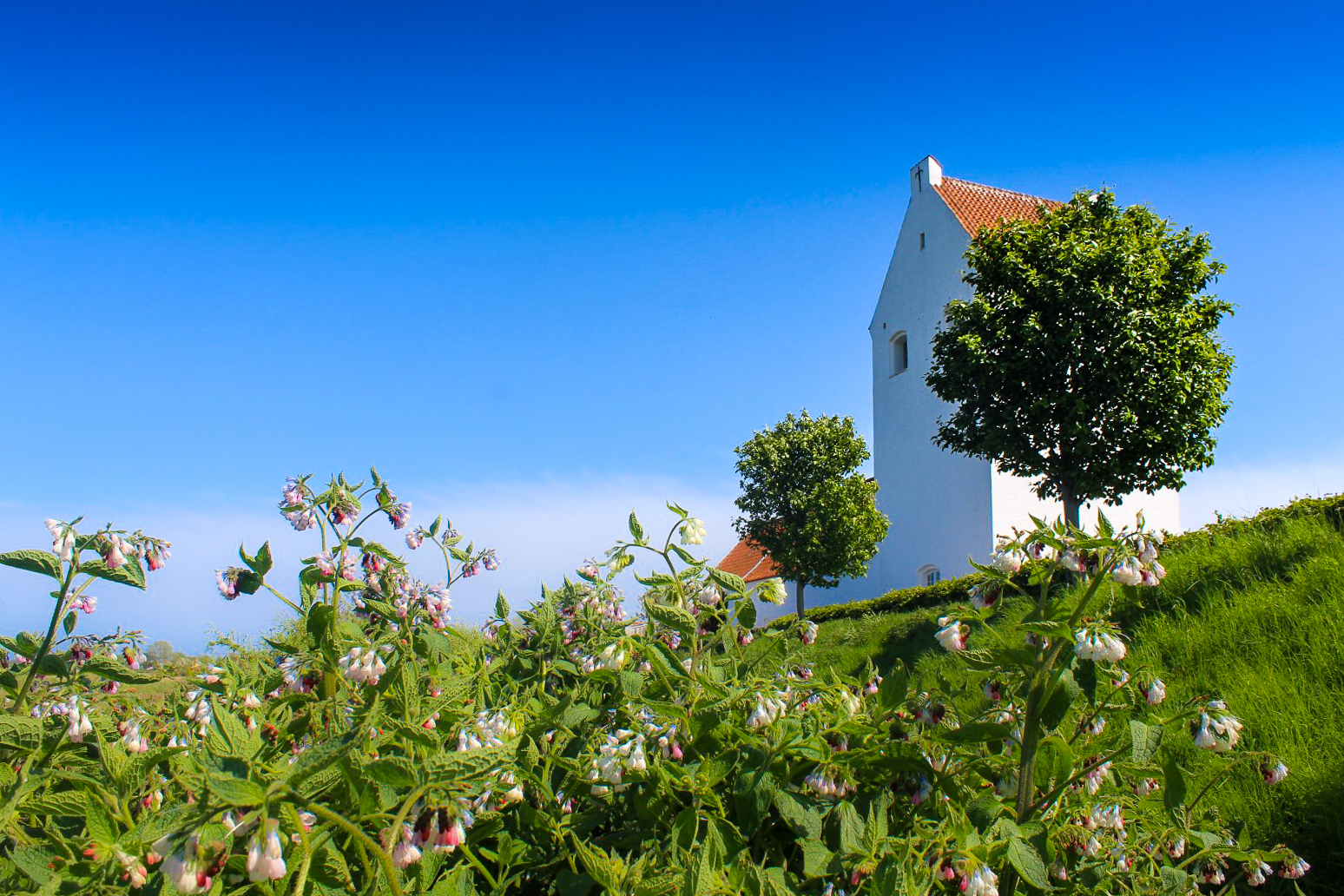
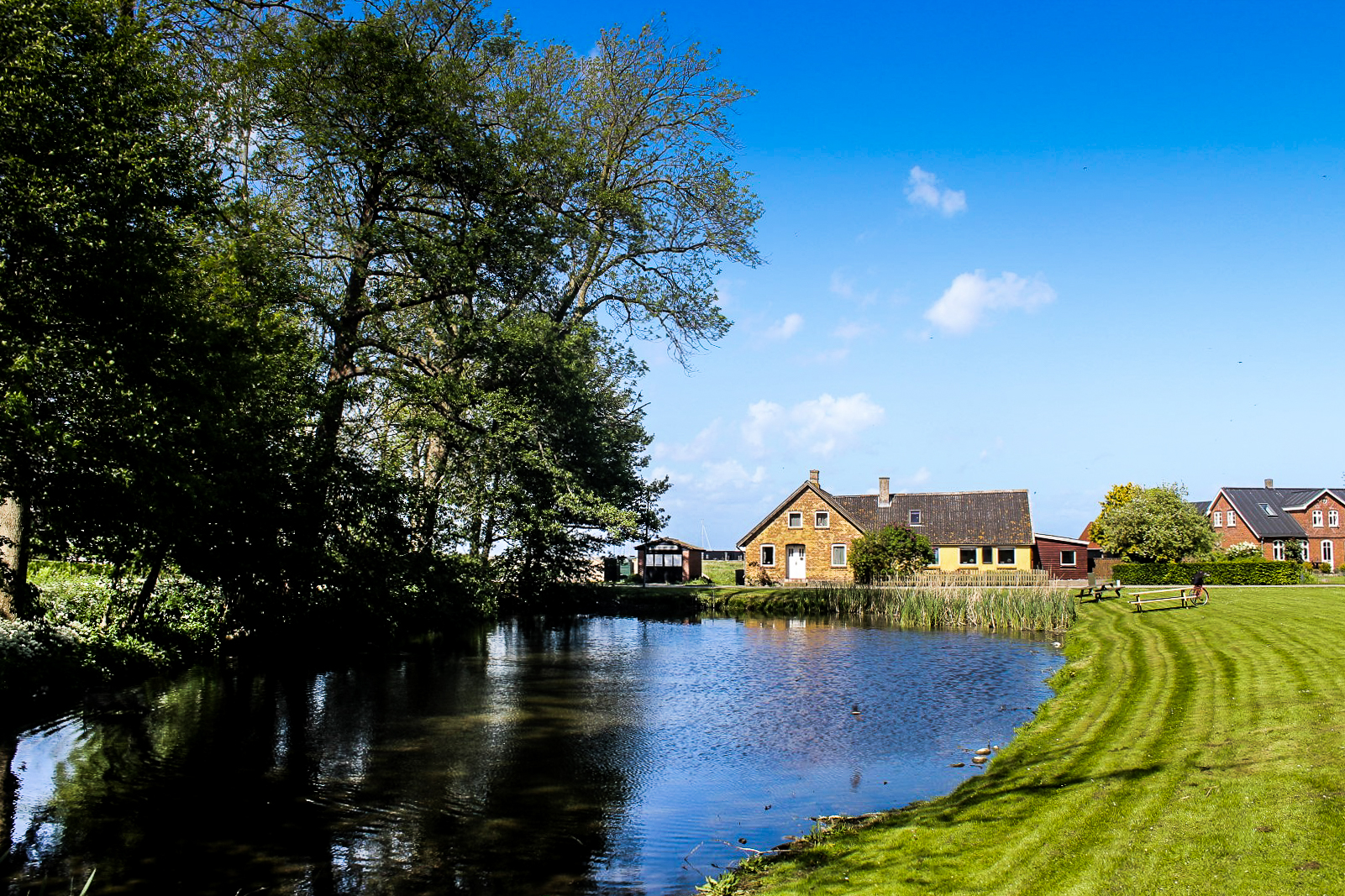
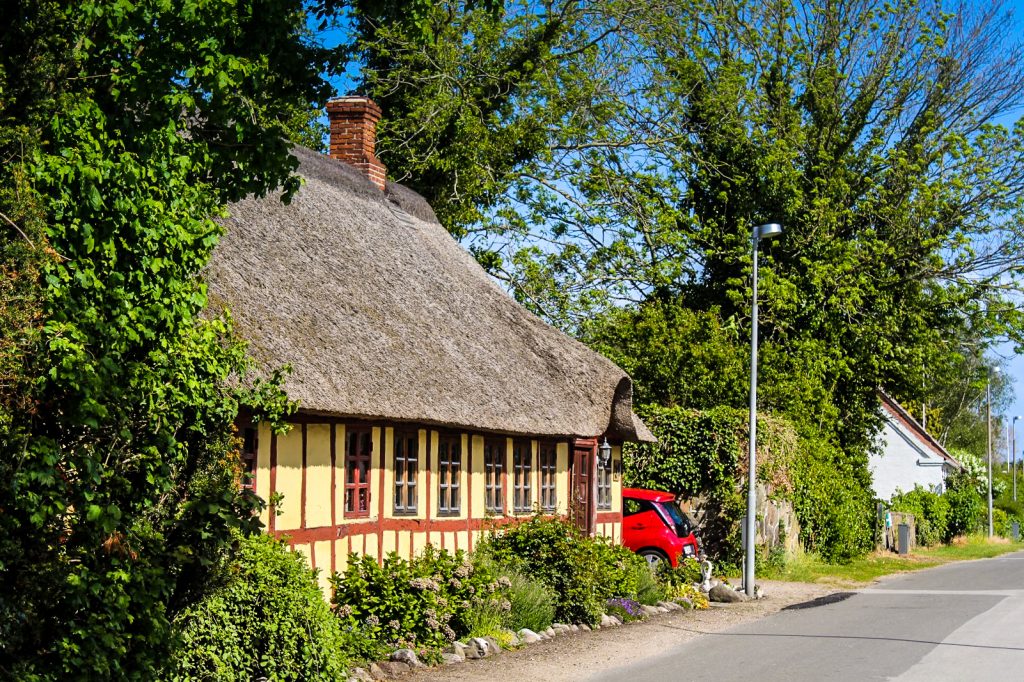
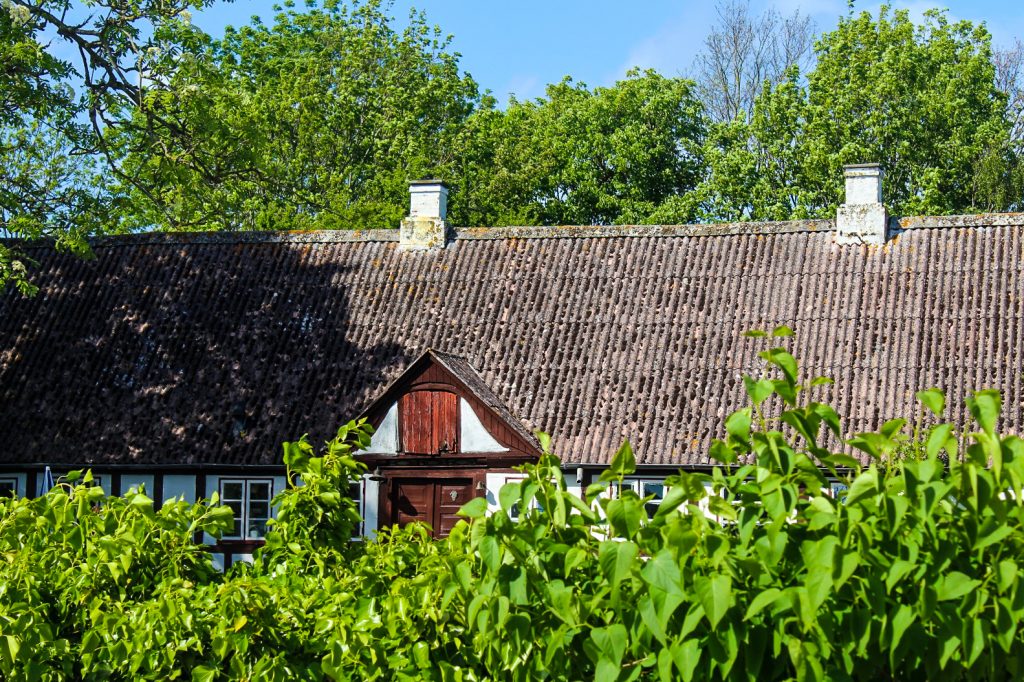
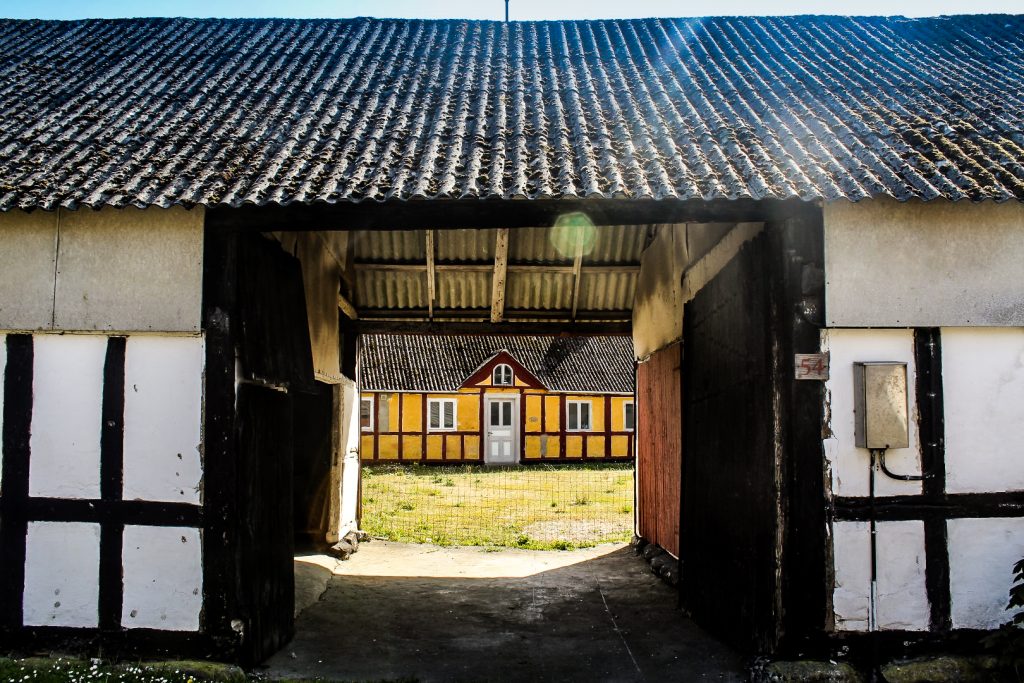
A bike ride to Øvre
It was still early afternoon and my dinner reservation was still two hours away, so I decided to get the most out of my bike rental and take it for a little ride. I had a 21 km hike planned for the next day, so I decided to bike along roads that I wouldn’t visit on the hike. Like that, I could ensure that I wouldn’t miss a single corner of Endelave.
I biked to the beginning of Øvre, the northeastern part of the island which is a vast nature reserve with beach meadows, heather meadows and pine forests with small forest lakes. I didn’t venture too far into the area as I wanted to save it for the next day, but it gave me a good taste of what was to come. I saw quite a few wild rabbits (which definitely weren’t hares) on the bike ride, but it was nothing compared to what awaited me in the evening.
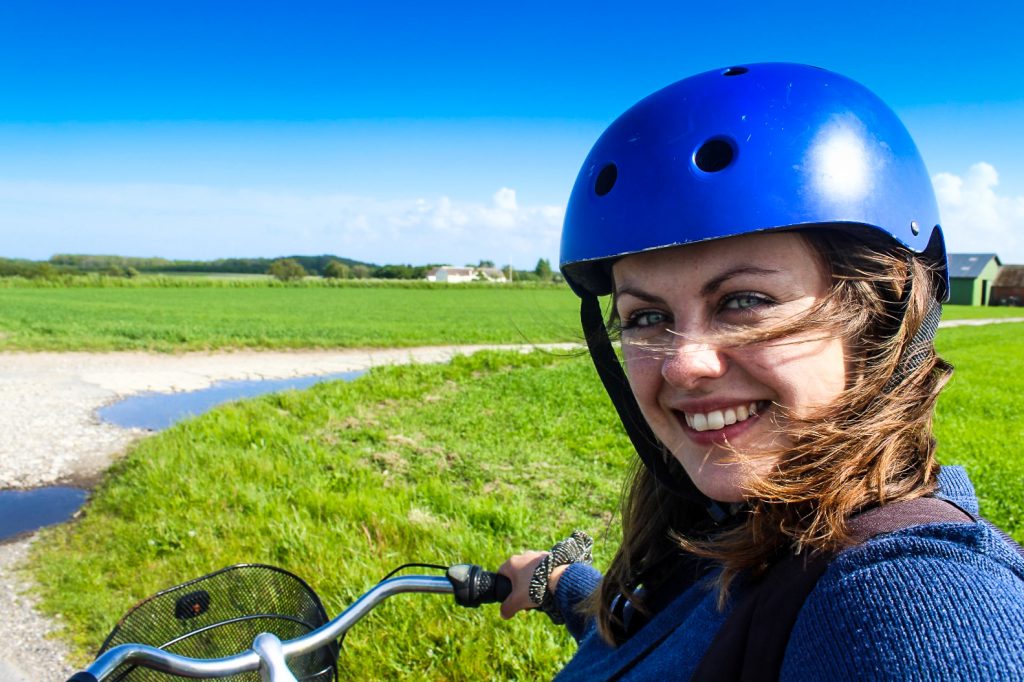
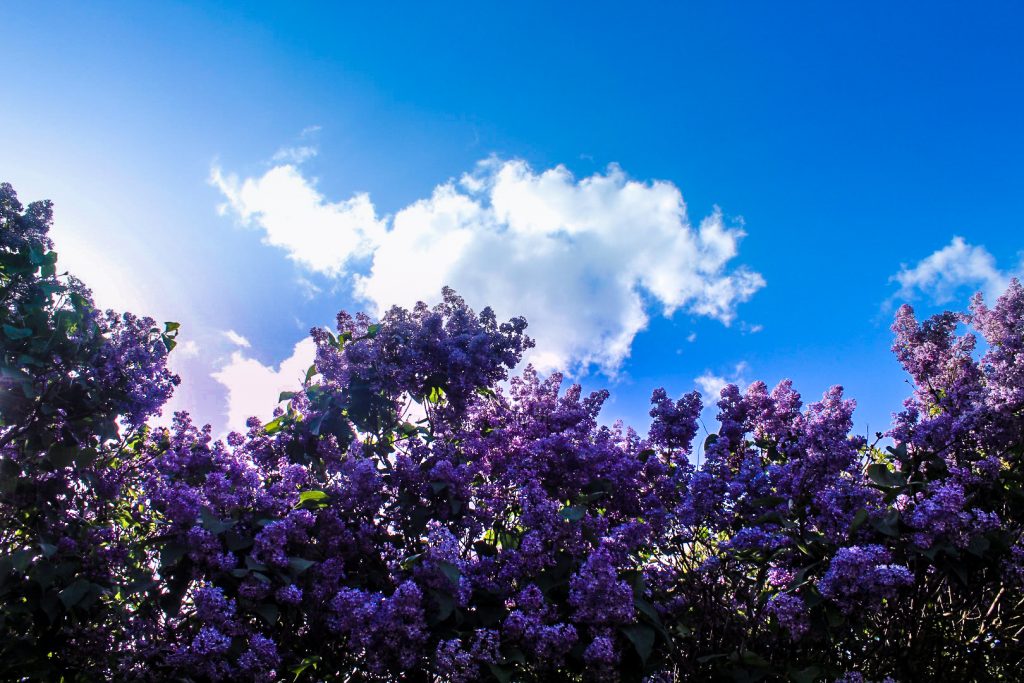
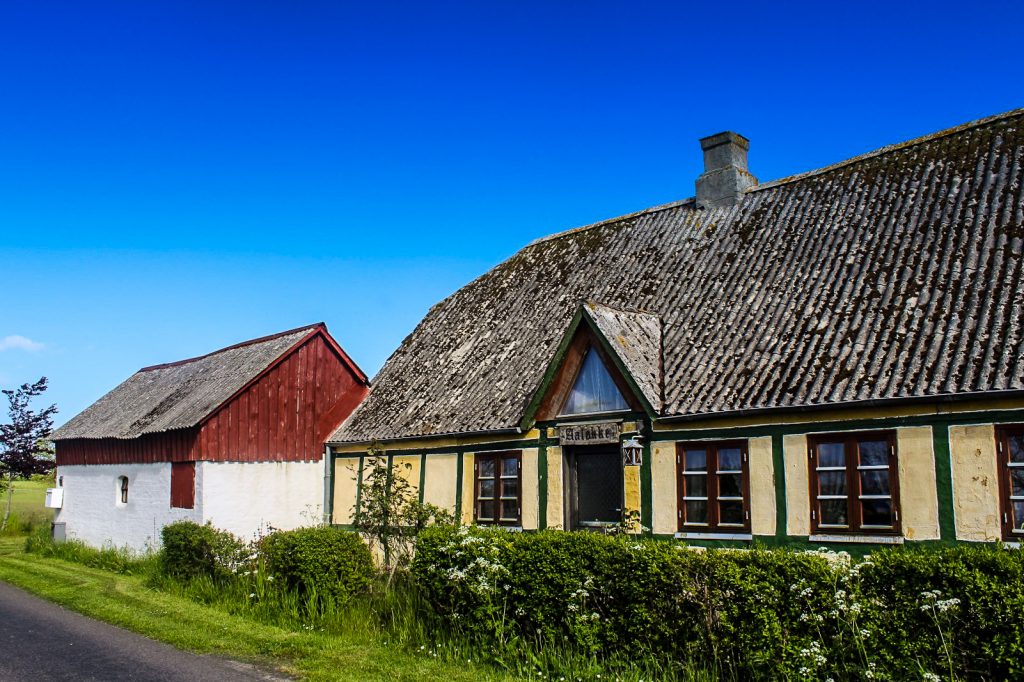
Dinner at Endelave Kro
When evening came, it was time to head to the local inn, Endelave Kro, where a delicious vegan meal awaited me. I was the only one there at first, but I was soon joined by a large family who contributed to a wonderful atmosphere. I enjoyed my food while looking out of the window at the lively main street. Had it been a bit warmer, I would’ve sat outside on their cozy terrace.
I ate at Endelave Kro with my family back in 2018, but I can’t remember them having a vegan dish. It seems that the menu was updated since then, as you can now get a vegan or vegetarian plate (changes daily) for 189 DKK. Good on you, Endelave Kro, for contributing to progress in this isolated part of Denmark!
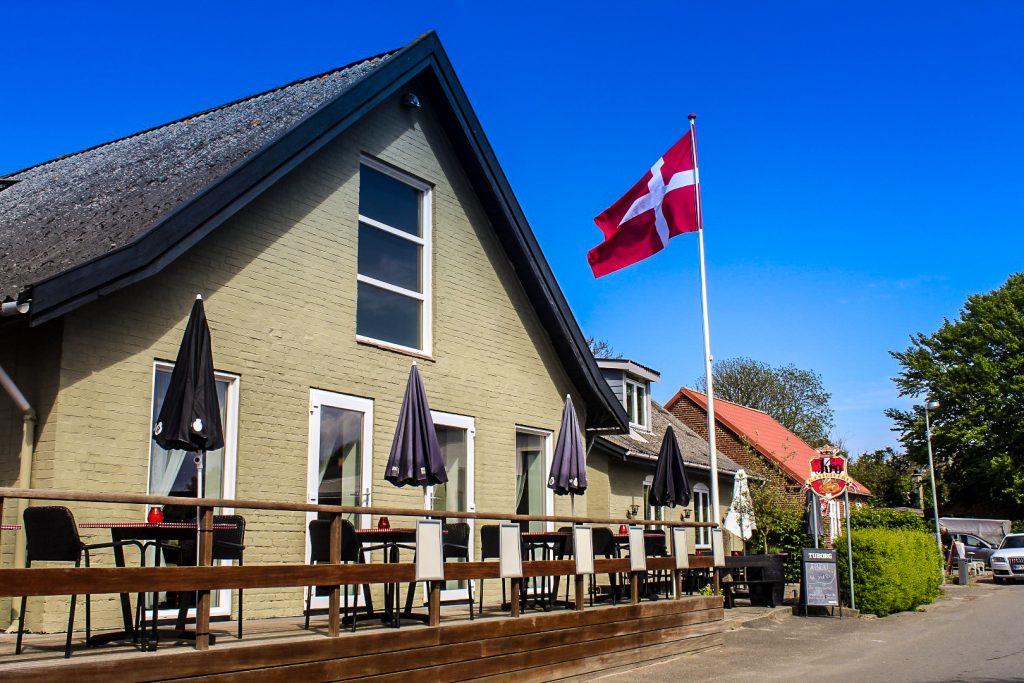
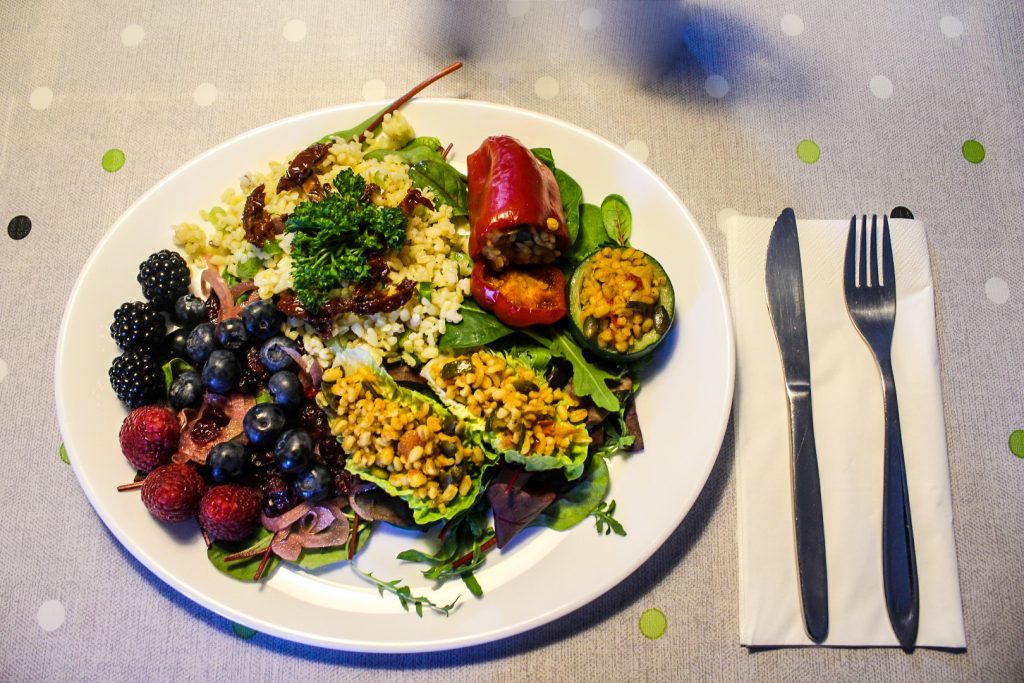
Local cow gossip at Møllehuset
After my meal, I fancied a drink and headed to the local pub, Møllehuset.
Møllehuset is the place to go if you want to know the latest island gossip. I spent a little while there, enjoying a soda while listening in on a conversation about cows and how difficult they are to take care of. I know nothing about cattle caretaking personally, but it was amusing to listen to.
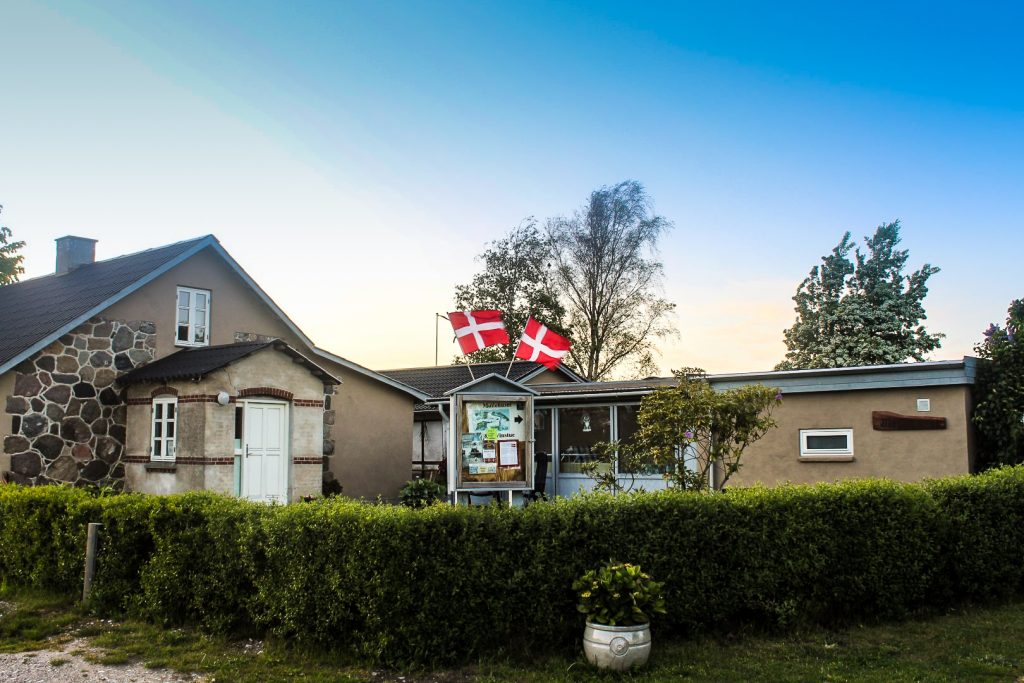
Biking the yellow route to Klinten
I wasn’t quite ready to head home yet, so I decided to take another bike ride, this time along the yellow hiking route to Klinten (‘the Cliff’), one of Endelave’s most beautiful natural sights. The route is 5,5 km and while it’s possible to hike its entire length, it’s a bit more difficult by bike as part of the route is on a rocky beach with no path, so instead, I just biked half of the route to Klinten and then back the same way.
The wild rabbits were now everywhere. In people’s gardens, all over the fields, and popping in and out of their holes. I had big plans of capturing a NatGeo-worthy photo of the rabbits, so I stalked their holes in silence for ages, but they were clearly smarter than me. They disappeared as soon as they saw me! So off I went to Klinten.
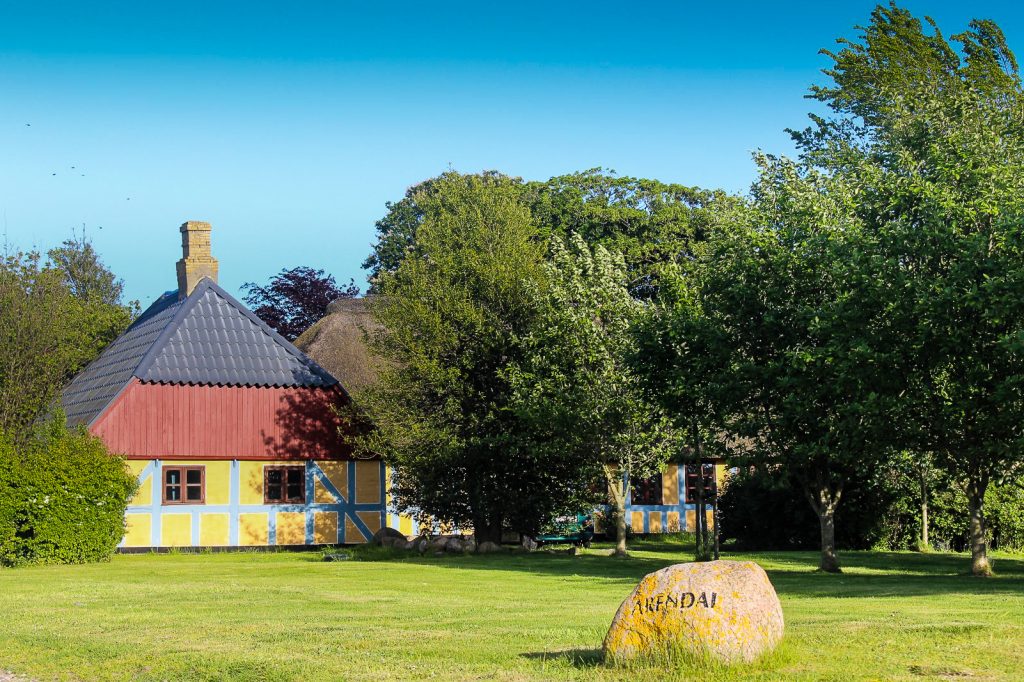
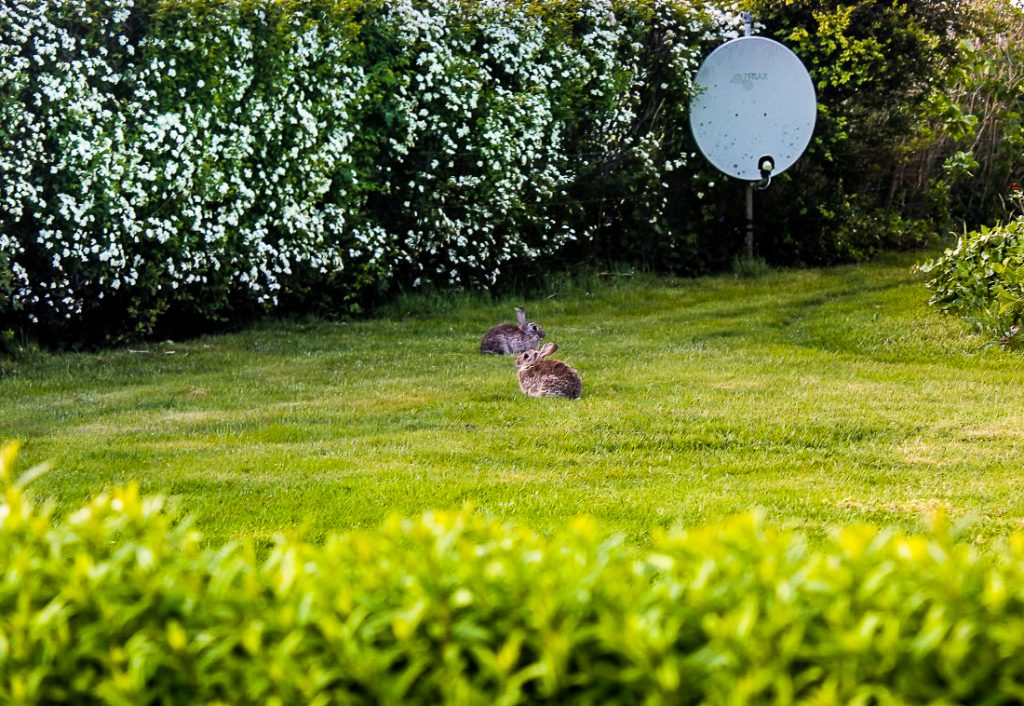
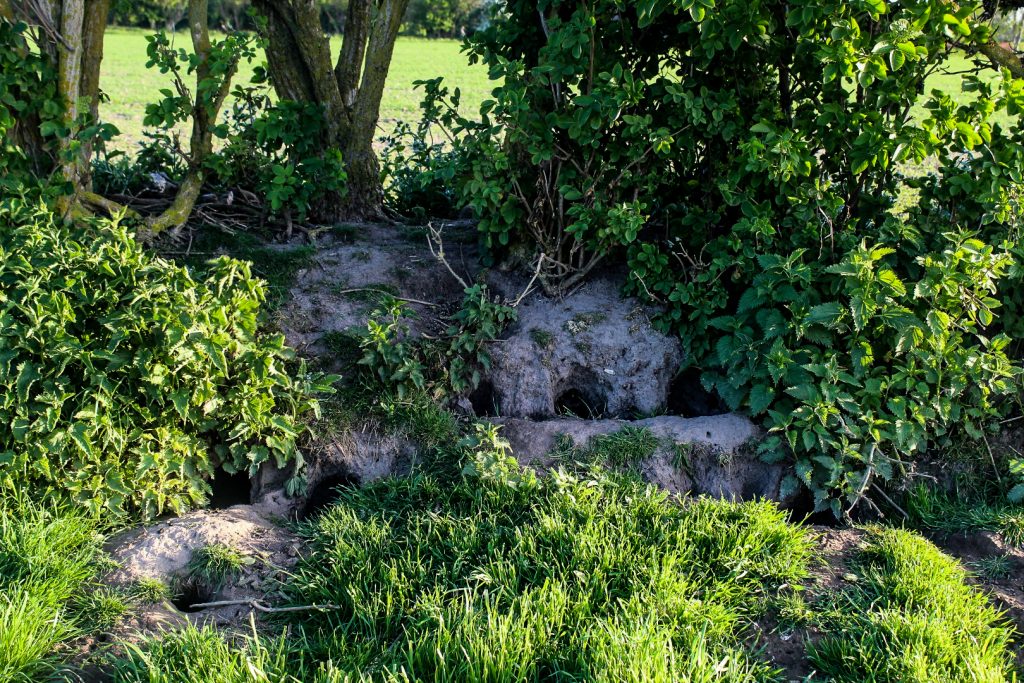

Klinten is a 400 meter long and 5 meter high cliff which was formed during the last ice age. When I first got there, I wasn’t that impressed as the cliff was a lot lower that I’d imagined. But as I walked further towards the west along the beach, the cliff became steeper.
Eventually, I found a way up to the top of the cliff and was rewarded with the most incredible views. The sun was starting to set, painting the sky in pastel colours. The sea was calm and bright, and I could see all the way to Fyn and Æbelø on the other side of the sea.
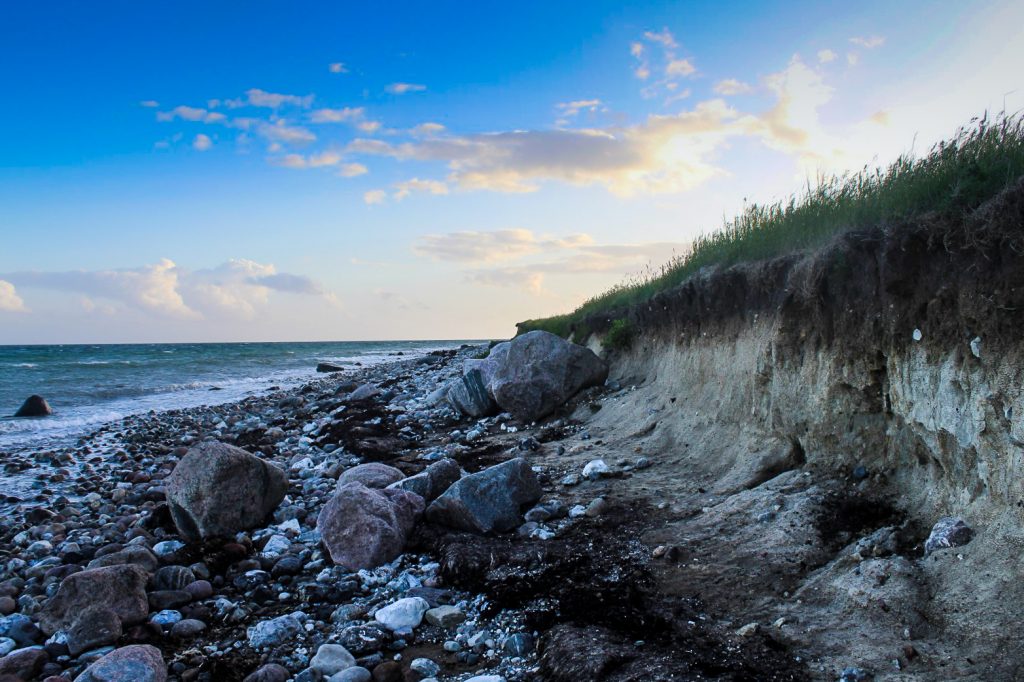
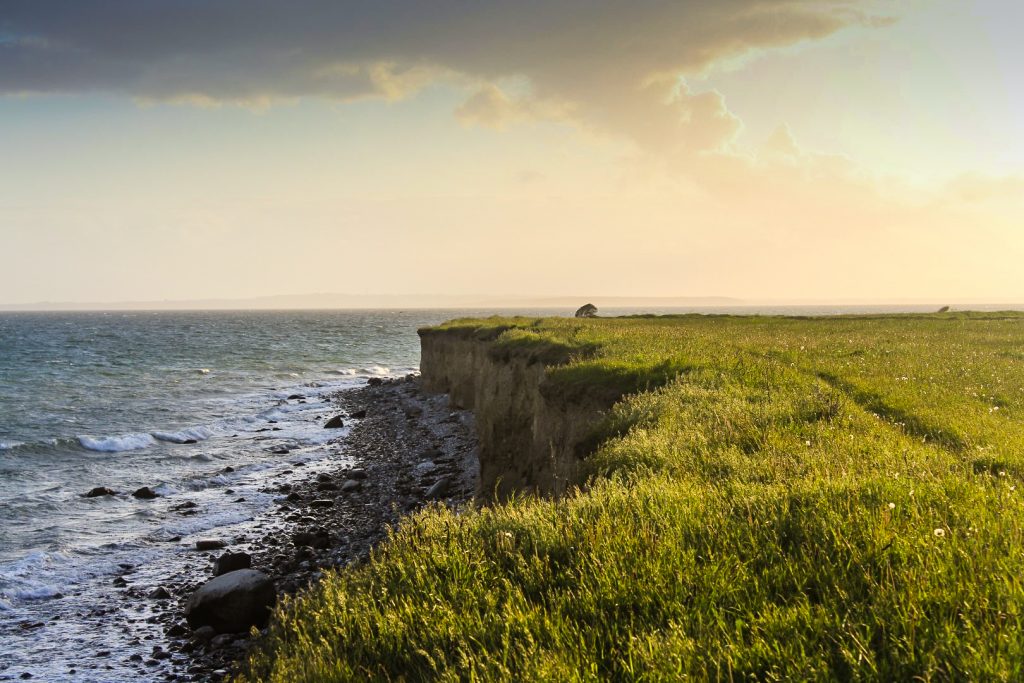
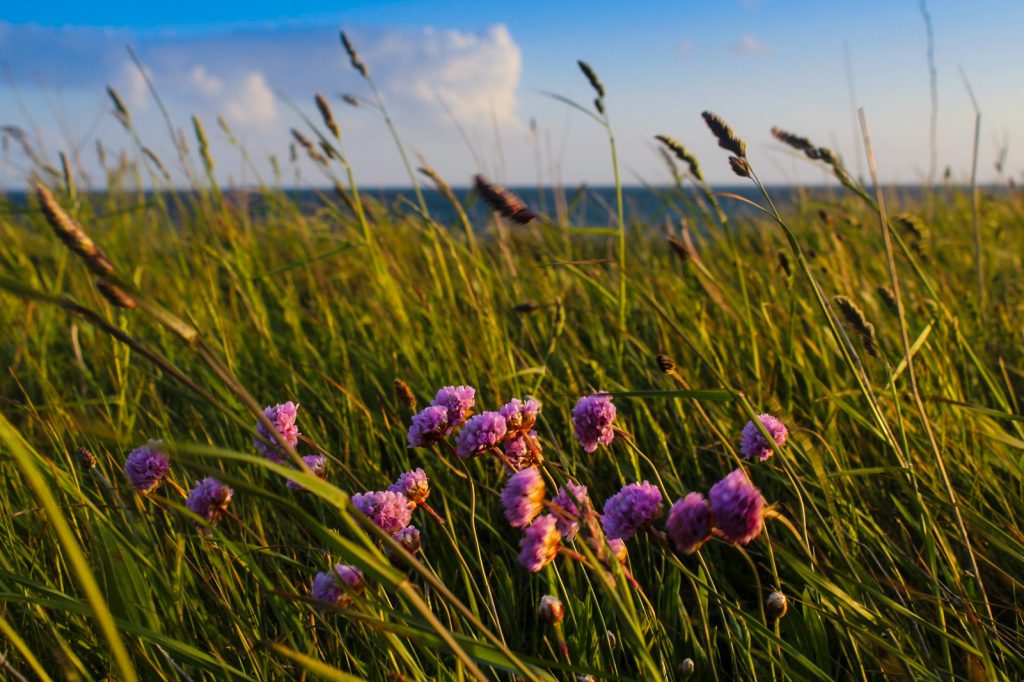
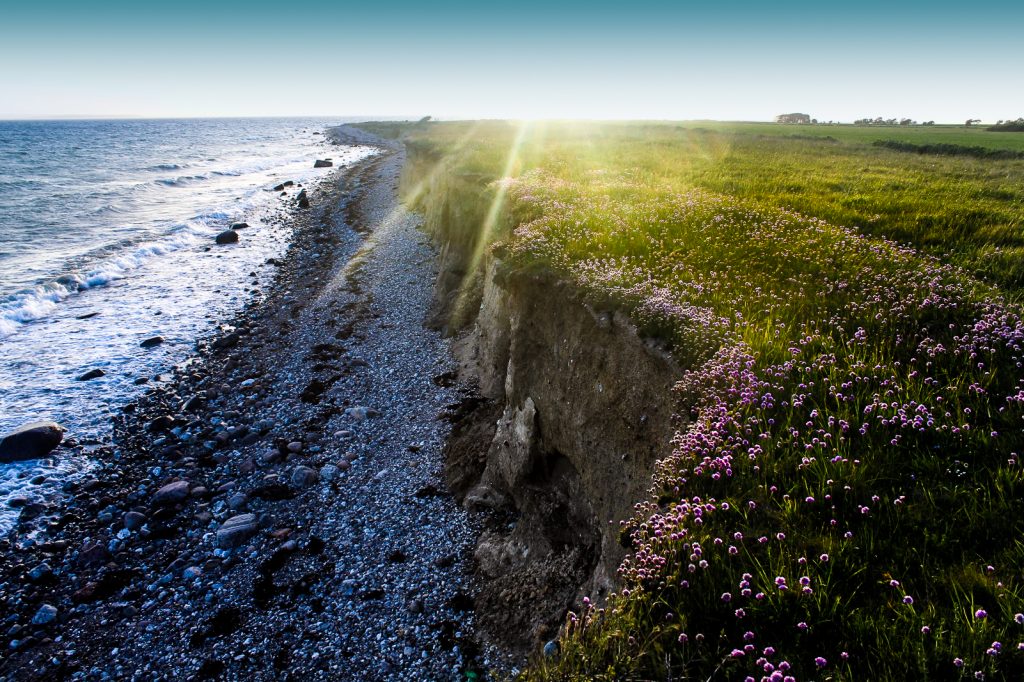
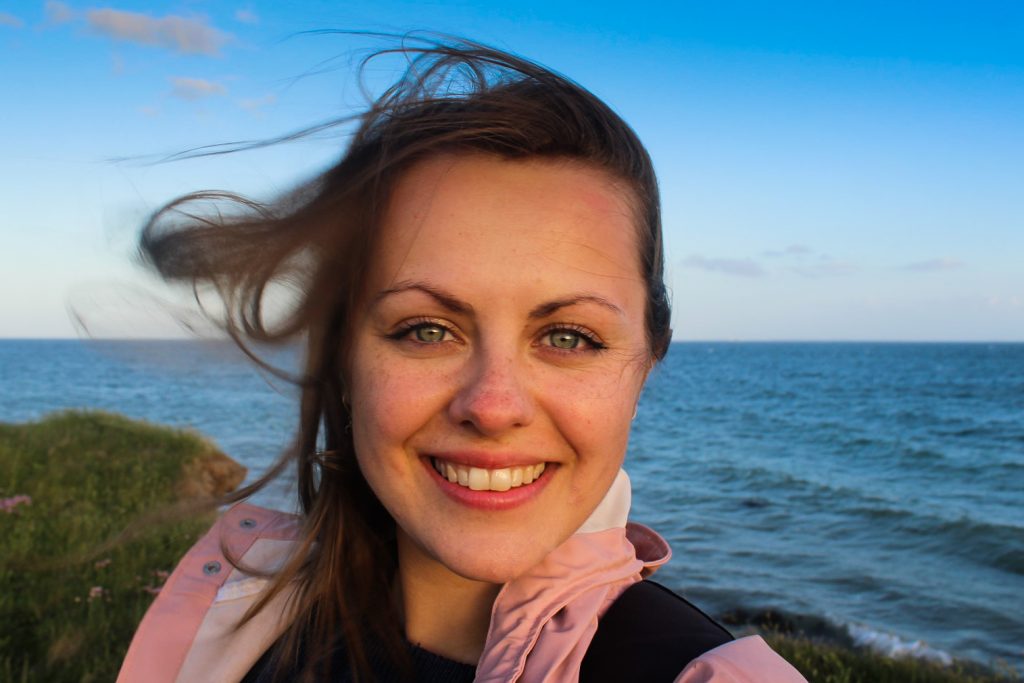
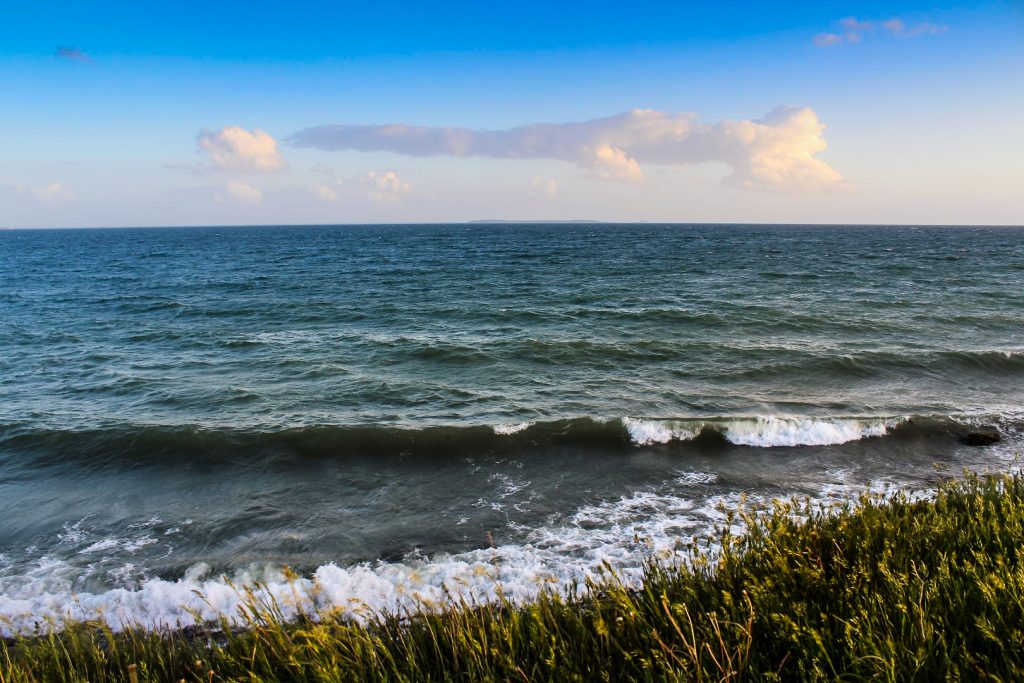
After I’d soaked up the views, I continued my bike ride back to the village, where I made a quick stop at the local pond. There, I watched as the sun created the most beautiful reflections in the water before it disappeared beneath the trees. It was time to head home to Mette, who offered more tea and stories before our beds called us.
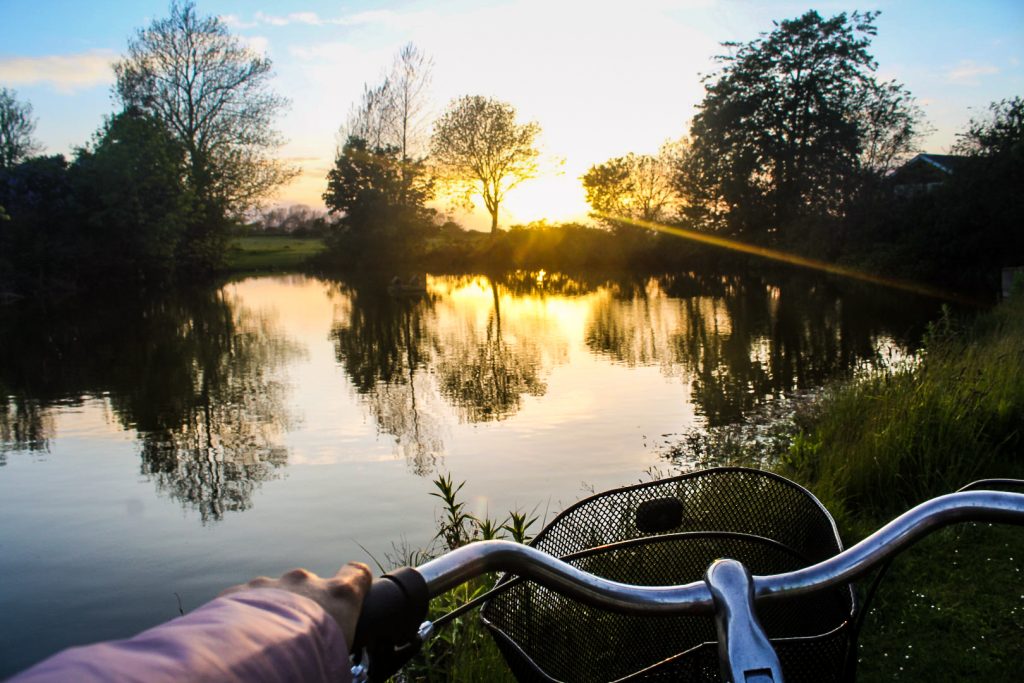
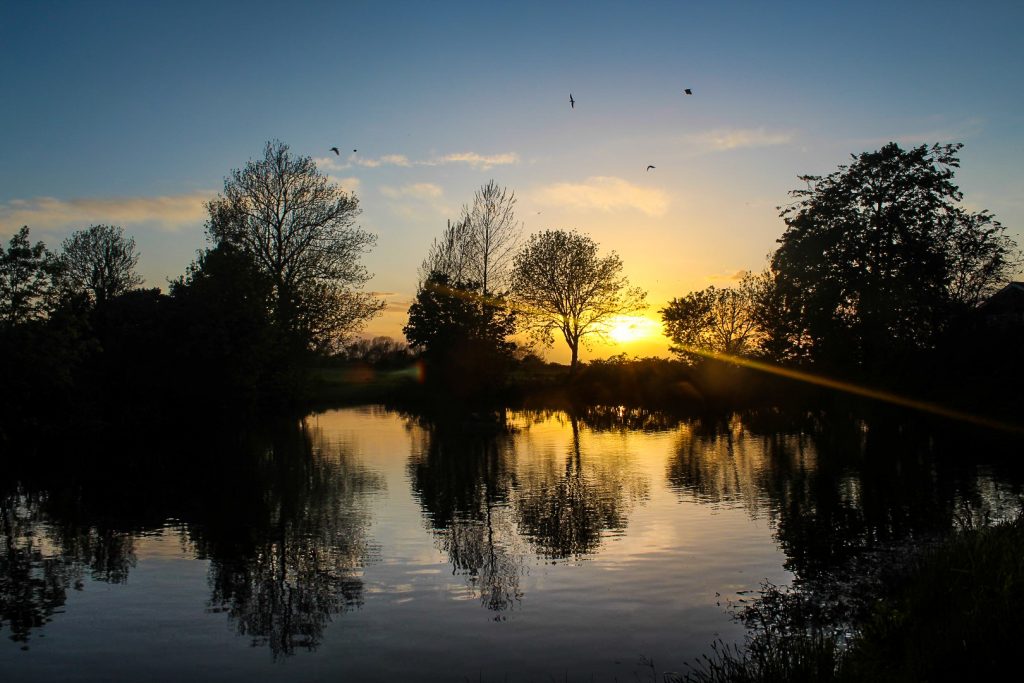
An early morning bike ride
I’d heard that the wild rabbits are extra active in the early mornings, so I got up early the next day to go for a bike ride. I took the short red route and biked around town for a bit, snapping photos whenever I’d see a bunch of rabbits. There were a lot, but not more than the evening before. Unfortunately, I was still not able to get that perfect shot, but at least my stuffed rabbit posed for me!
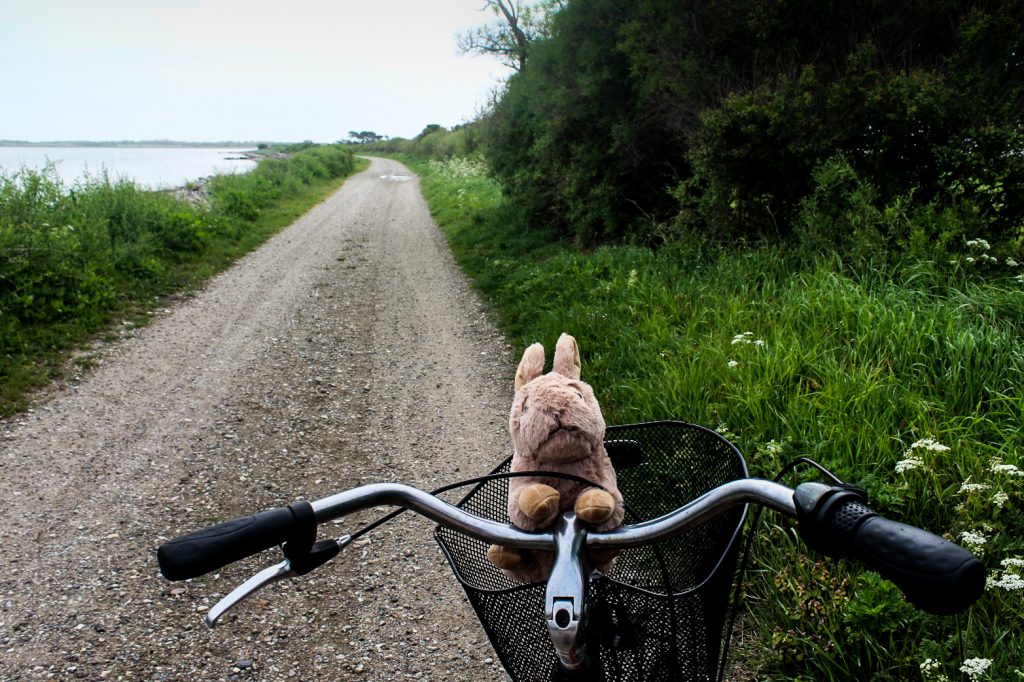
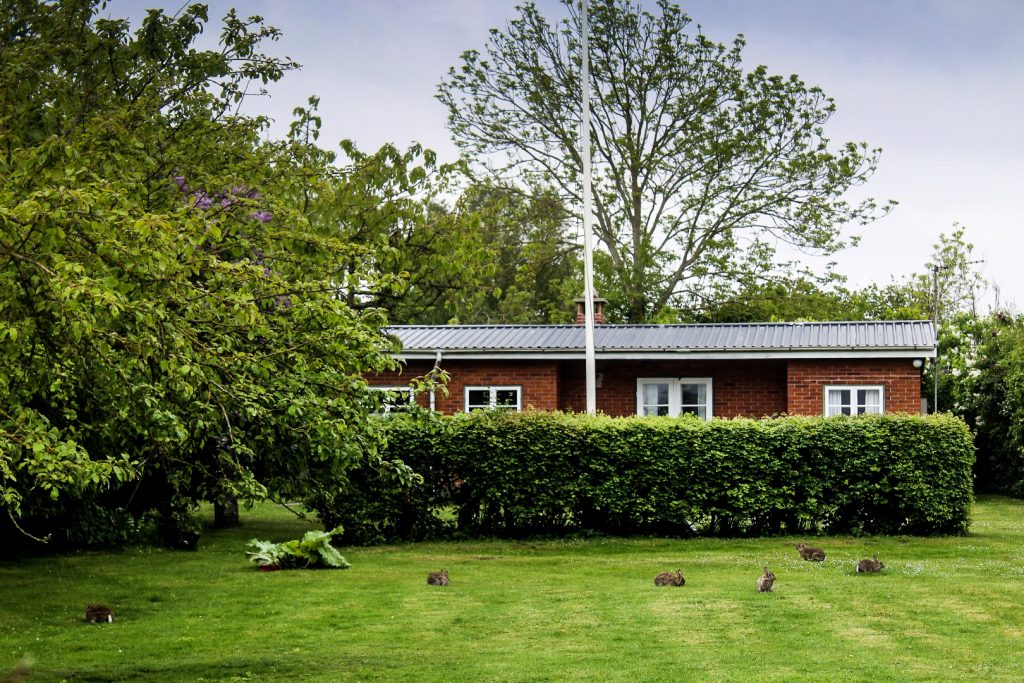
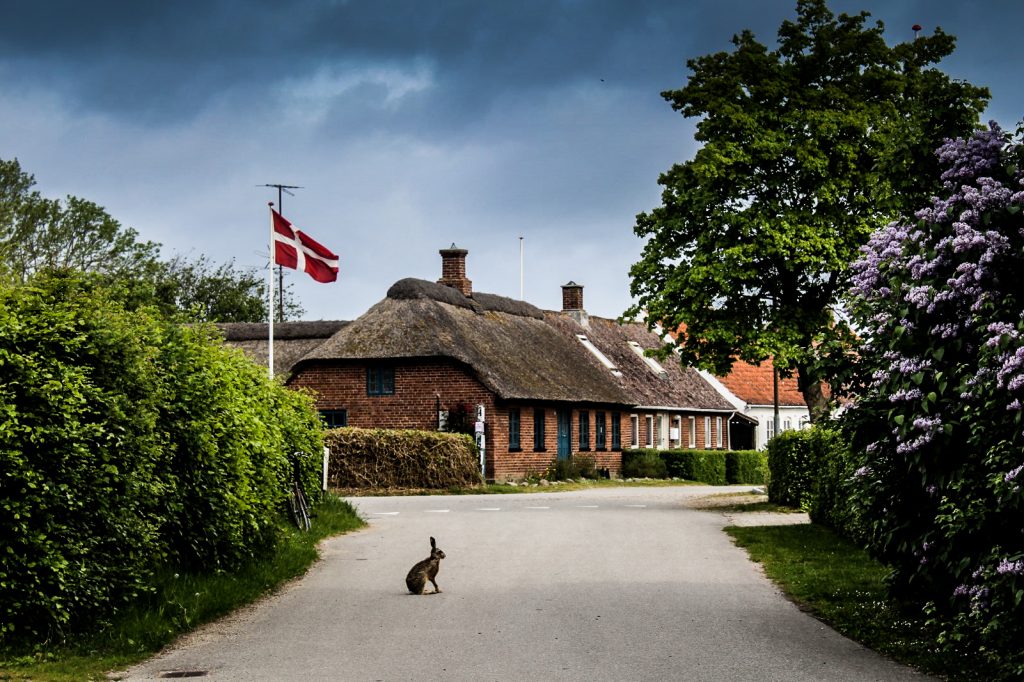
A visit to the Medicinal Herb Garden
After a quick shower and some breakfast, I headed to the islands’ Medicinal Herb Garden. The garden was established in 1995 and is run by a local association with grants from the municipality of Horsens.
I was given a guided tour through the garden, where I learned about some of the many medicinal plants and herbs, both those native to Endelave and those imported. I even got to try a few of the edible ones (and sea kale is surprisingly delicious!). I knew next to nothing about medicinal plants and herbs beforehand, but afterwards while on my long hike, I recognized a few of the edible plants!
After my tour, I purchased a few local foods from the small shop and then sat down in the restaurant Hos Os to enjoy a wonderful vegan meal, which was full of plants and herbs from the garden. While I ate, I had a chat with the young couple who owns the place. While they’re not used to making vegan food, they are open to doing it if you call in advance (the same day is fine) – and trust me, it’s worth it!
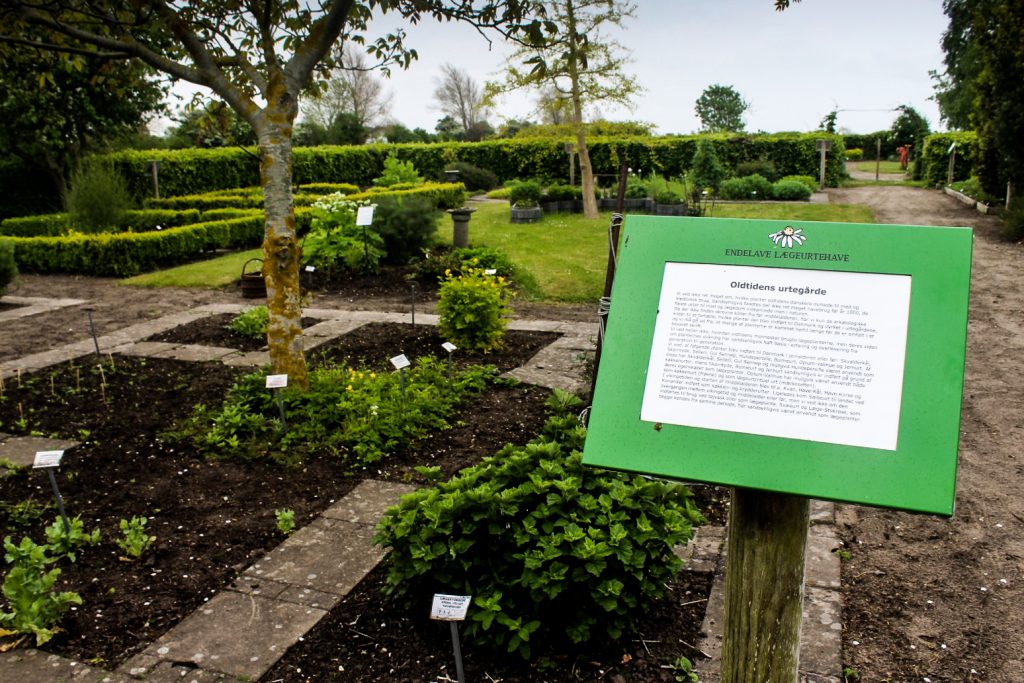
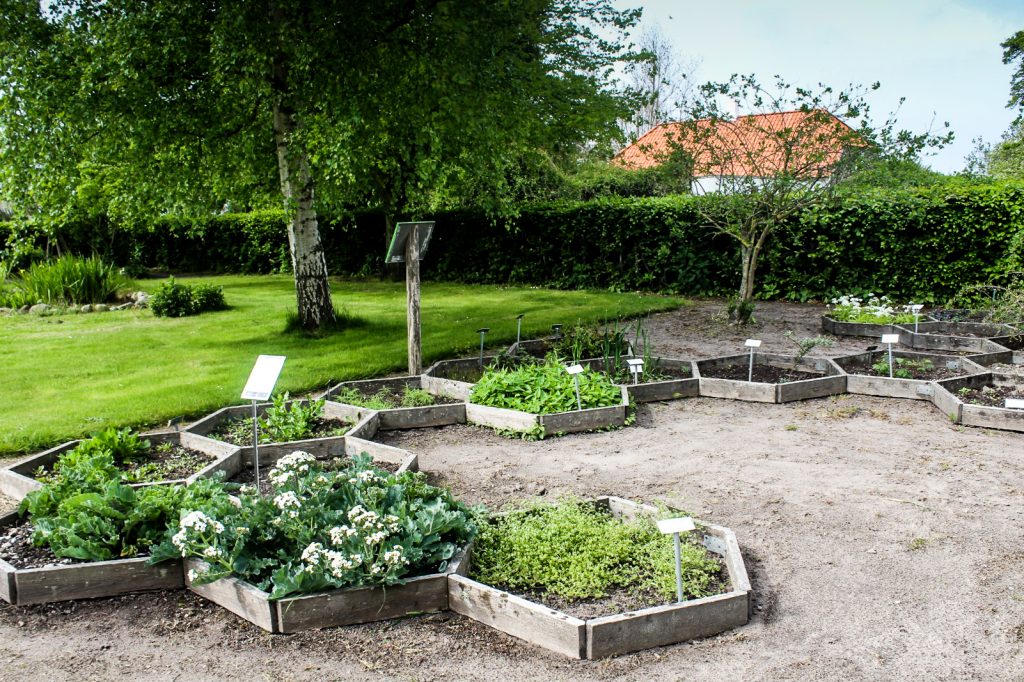
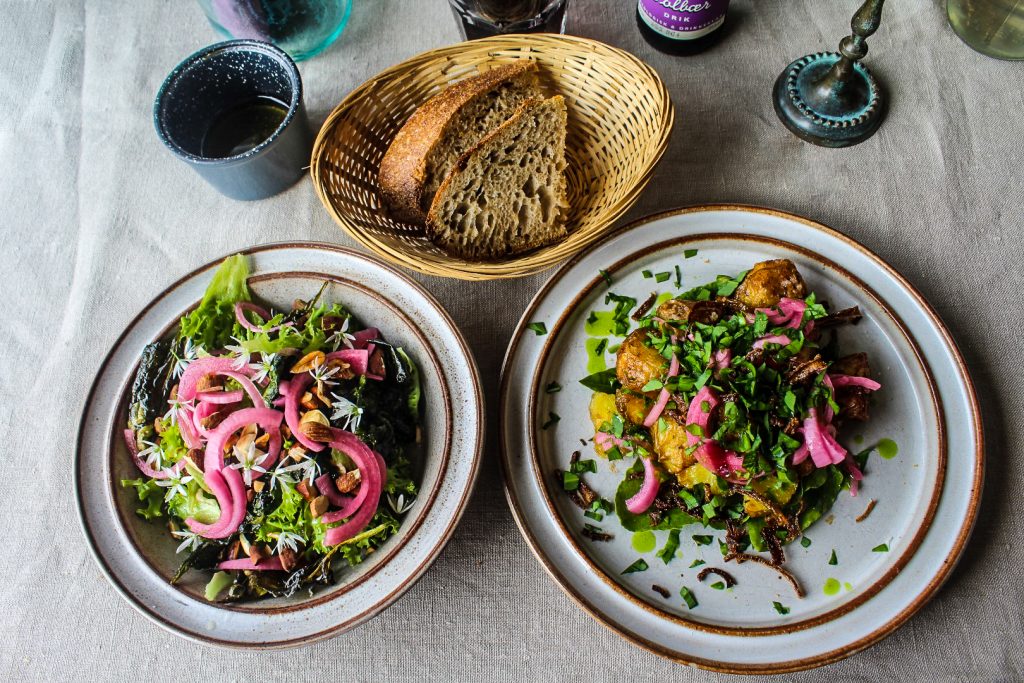
Hiking Kaninoen – 21 km around the entire island
Kaninoen is Endelave’s equivalent of the Camino (‘Kanin’ meants ‘Rabbit ‘ in Danish). It’s the longest hiking route on the island, and it mostly follows the coast all the way around the island.
Usually, you would start the hike at the harbour, but since I was already at the Medicinal Herb Garden, I figured it would be easier to start from there. So I walked down the Søndermølle dirt road to the ocean and started my hike by the islands’ windmill.
Unfortunately, the amazing weather we’d had the day before had been replaced by lots of wind and occasional rain. The prospect of hiking 21 km in rain wasn’t amusing, but thankfully, it stayed dry most of the day.
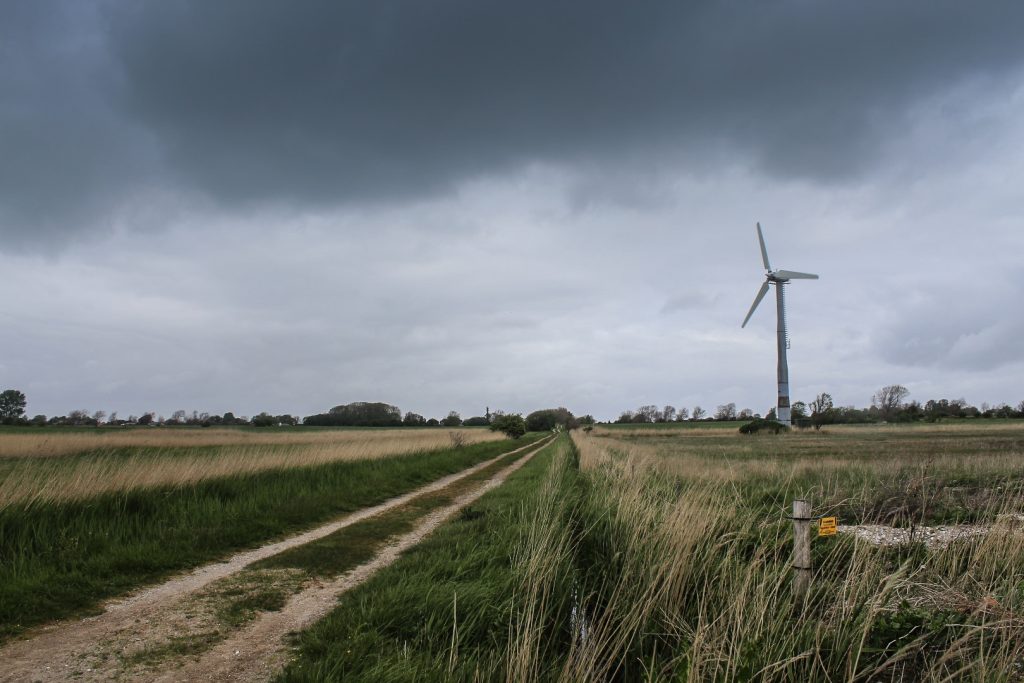
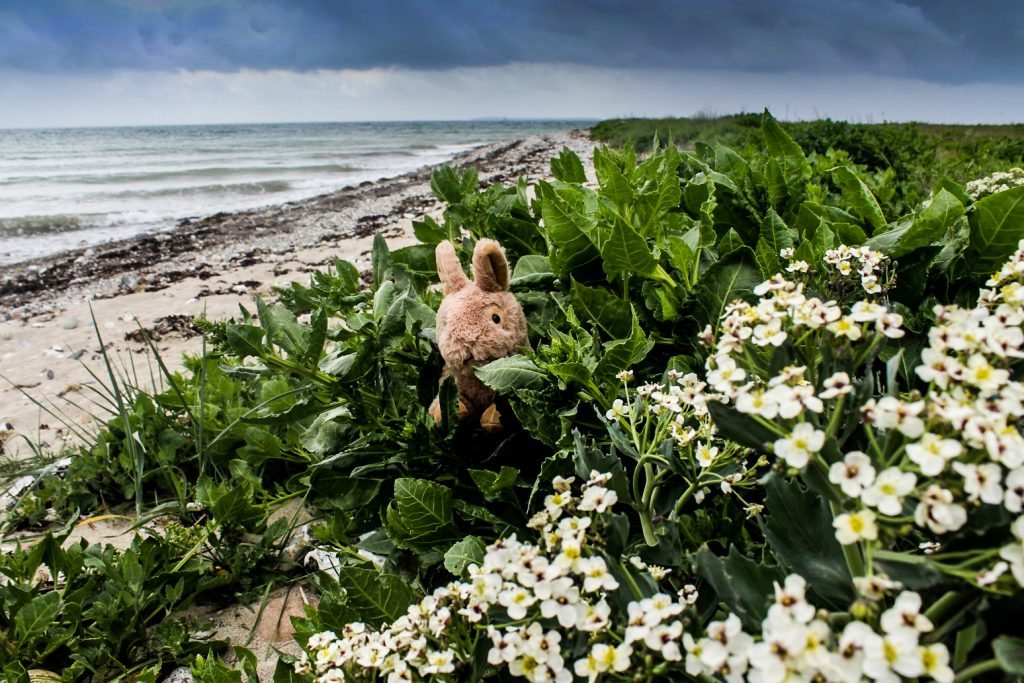

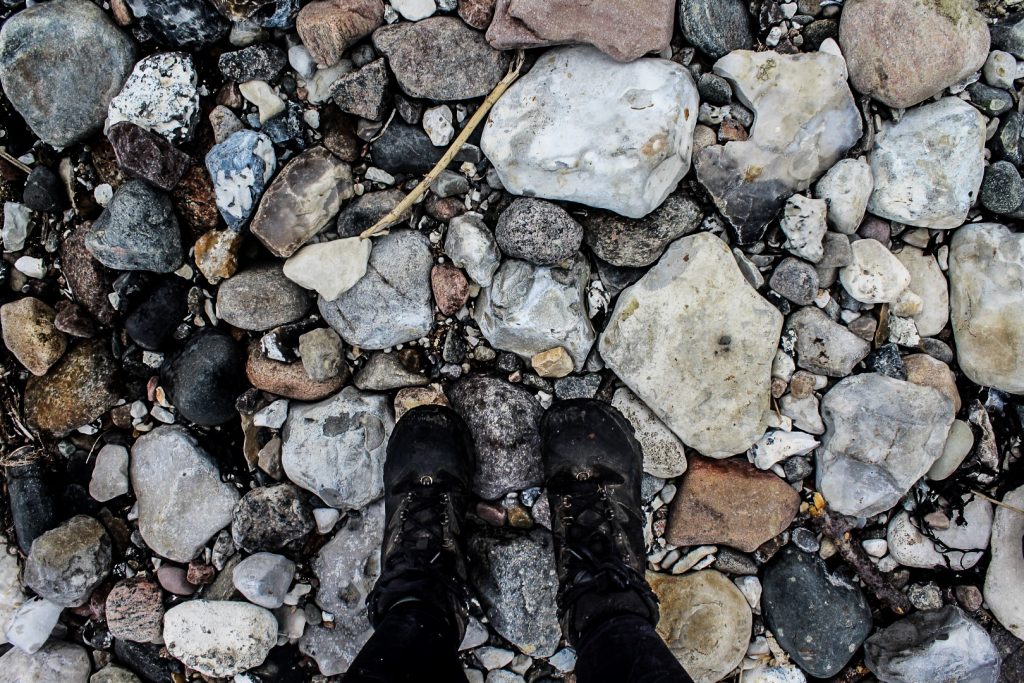
The first 4-5 km of the hike were the most difficult as most of it was along rocky beaches with no actual path. I started my hike by going west at the windmill, taking me to Klinten where I’d enjoyed the sunset the day before. Klinten looked quite different in cloudy and windy weather, but still beautiful nonetheless.
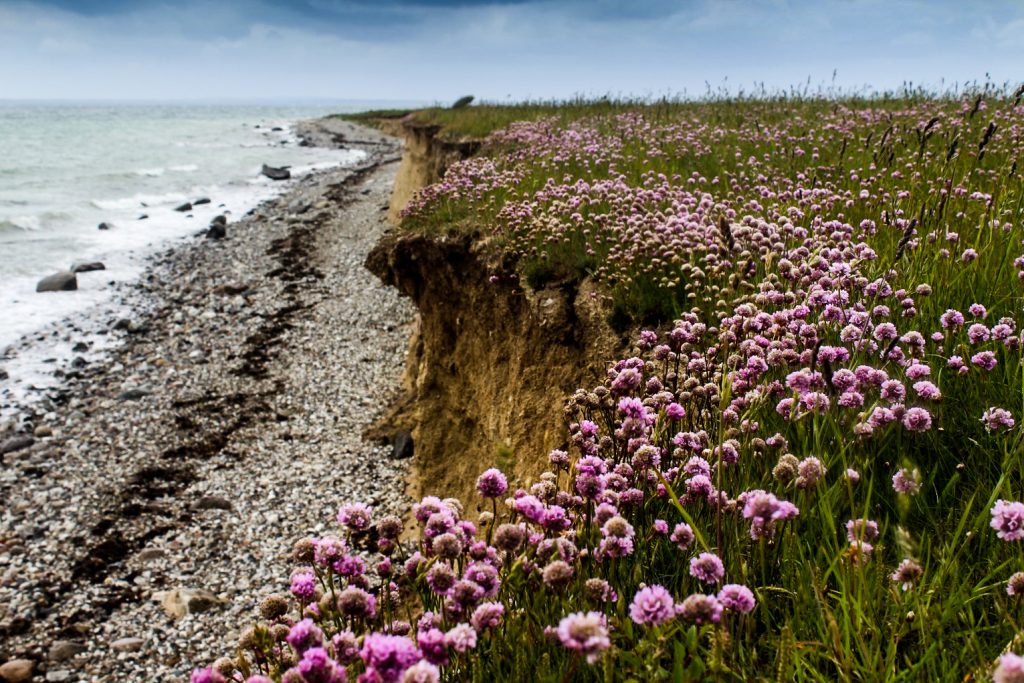
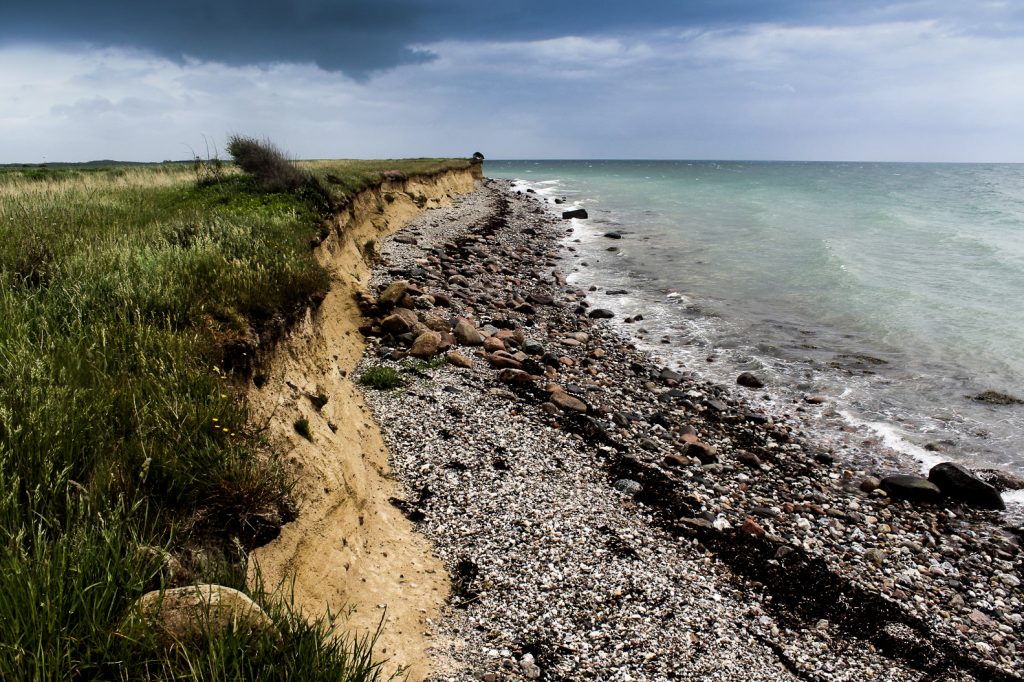
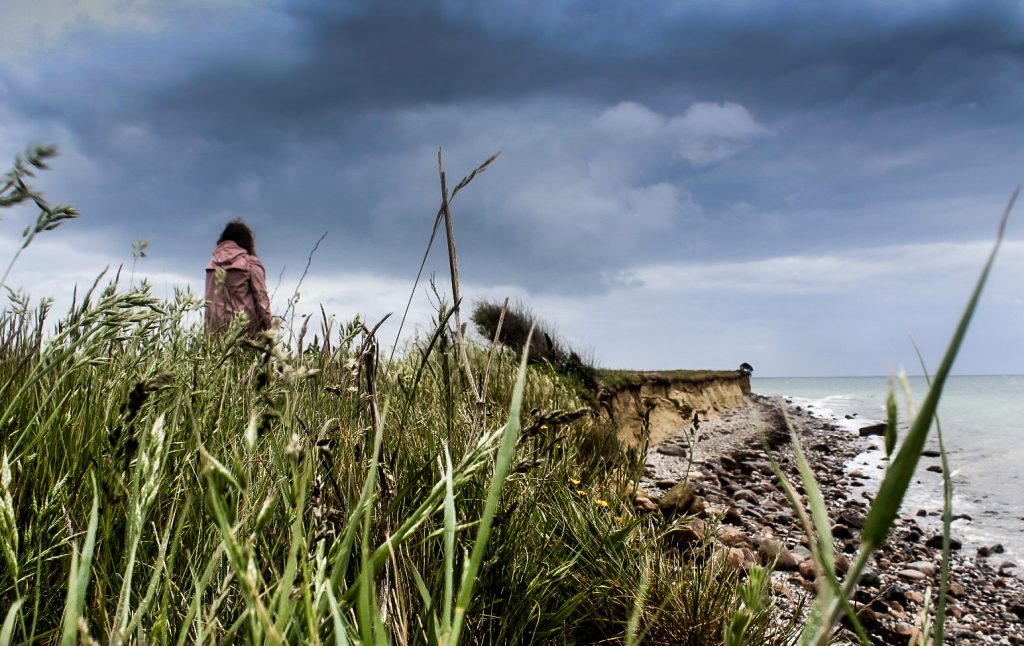
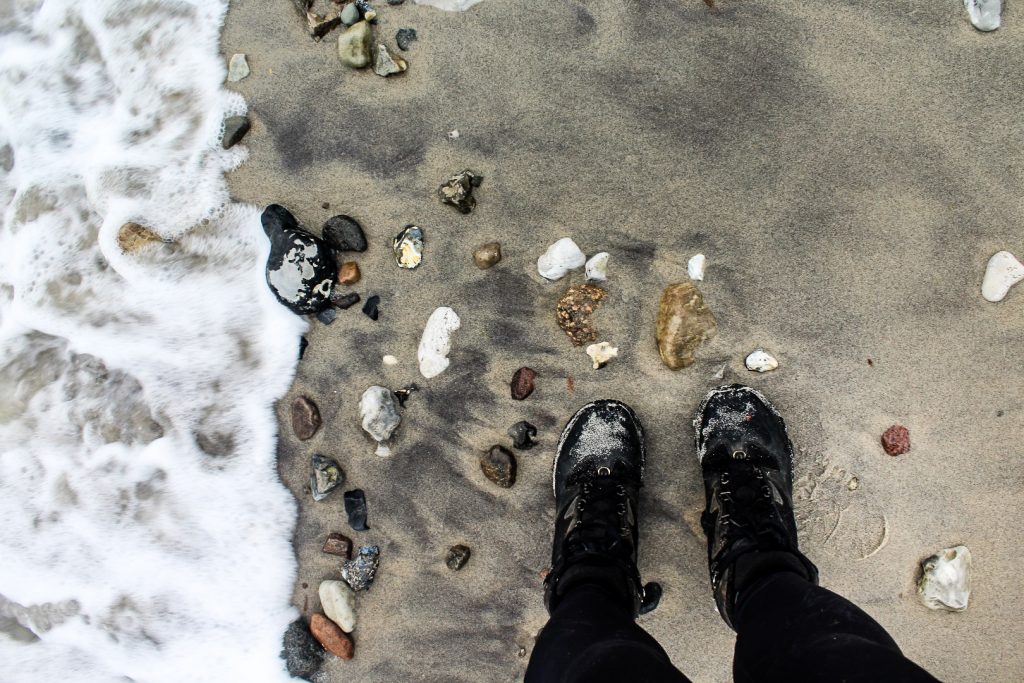
I continued around the western corner through an area known as Kloben. It consists mostly of large wetlands with grazing cows, but is also home to the islands’ only airfield.
The trail here was non-existent, so I was constantly switching between the rocky beaches and pastures without fences whenever possible. At this point, my feet were already getting tired from all the rocks, so I was looking forward to getting back on a road once I got to the village.
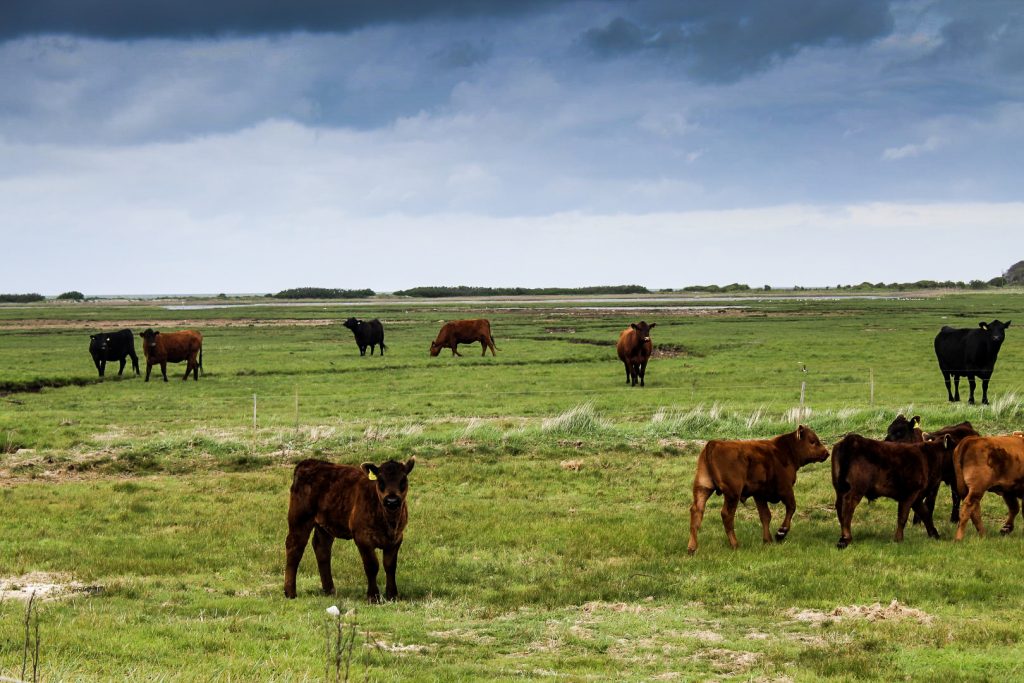
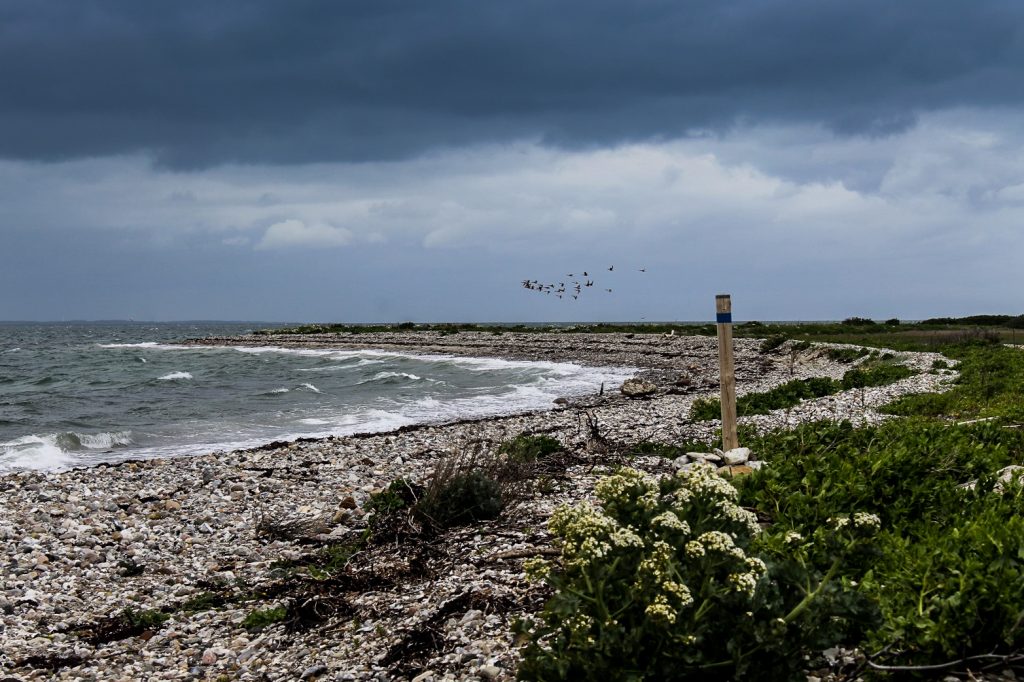
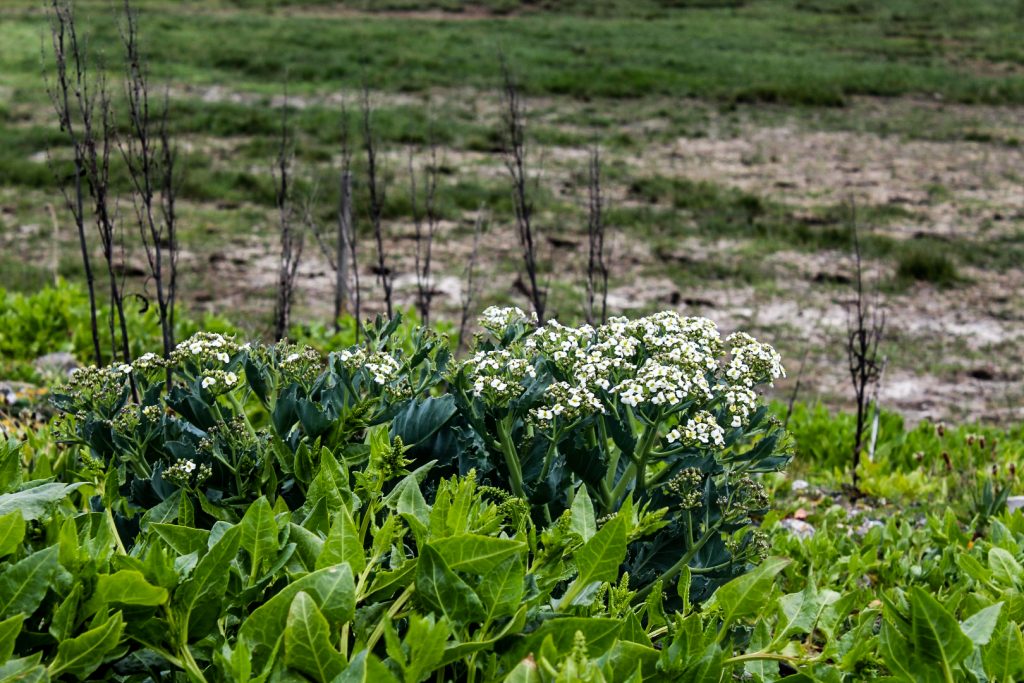
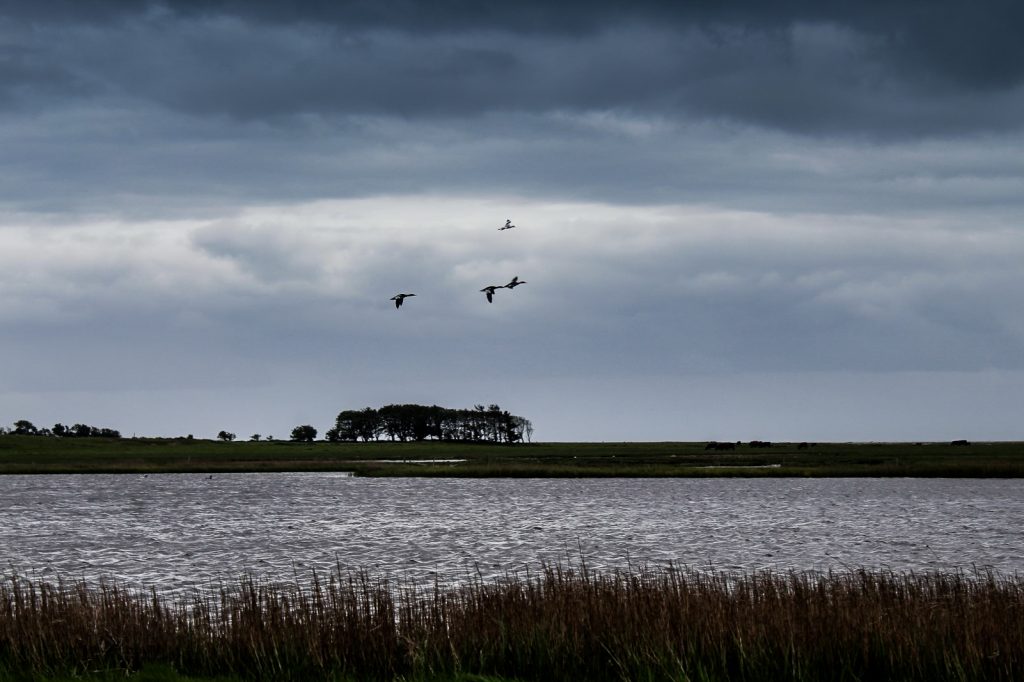
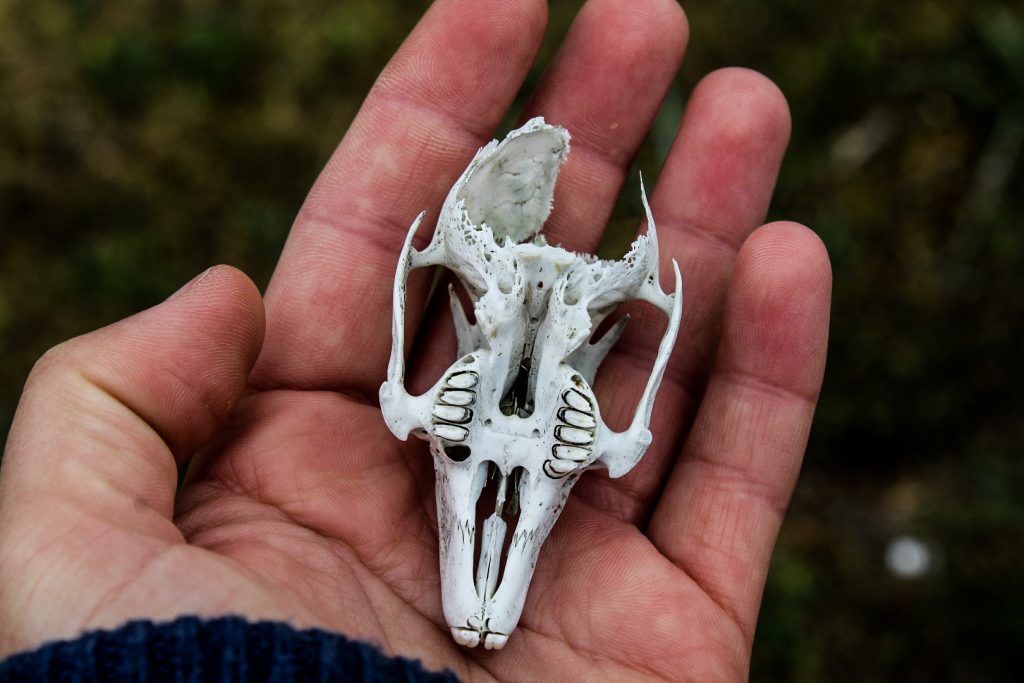

I reached the village two hours after I’d started the hike, leaving the western end of Endelave behind. I went to the café to buy a vegan ice cream, but unfortunately they had sold out. So on I went, without my ice cream, but then again, I probably didn’t need it as it was quite cold in the wind. Thankfully, I’d brought some chocolate, so I wasn’t completely snack-less.
The route took me along Endelave Strandvej, which soon turned into a dirt road leading all the way to Øvre.
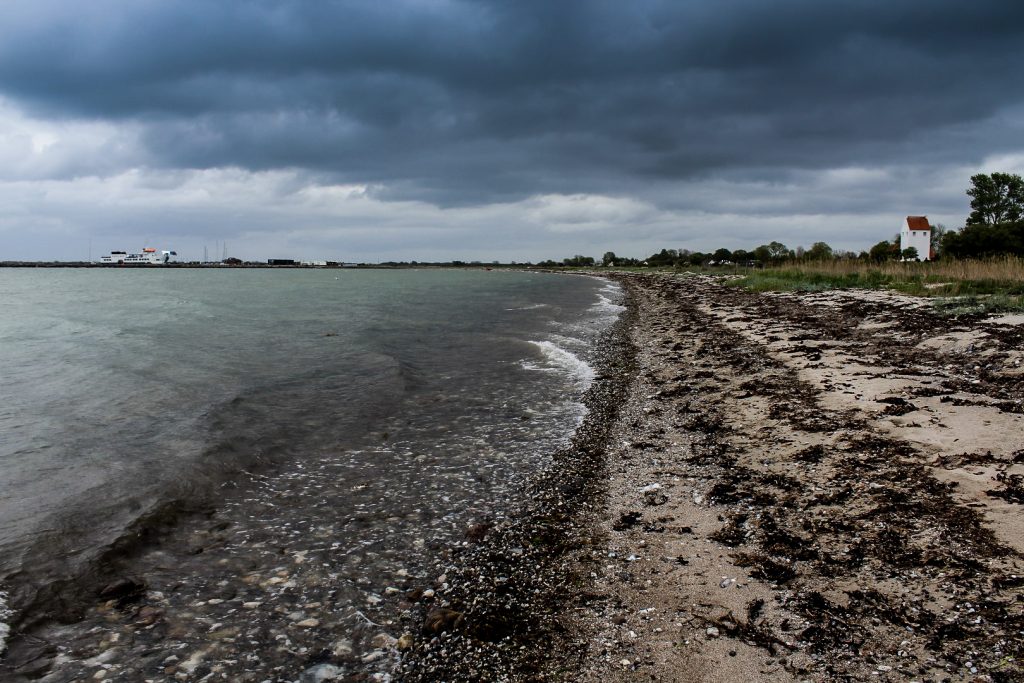
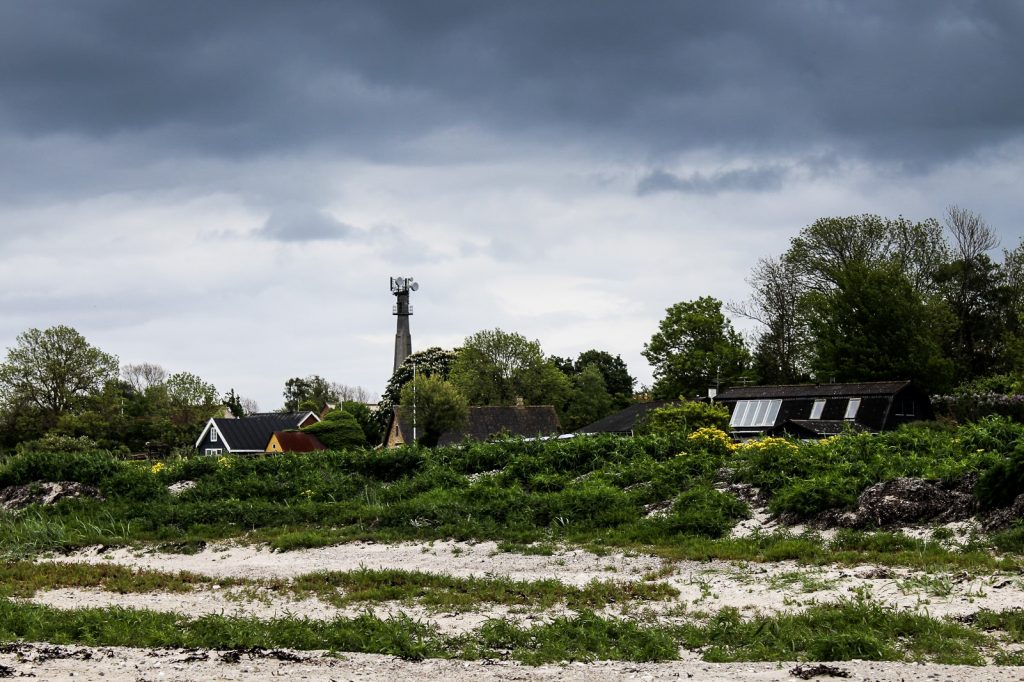
Before reaching Øvre, I walked past a wetland area known as Flasken. It’s the only place where the route doesn’t follow the coast but instead goes inland as Flasken is a nature reserve. It’s illegal to hunt there as the nature reserve is intended as a safe place for birds and mammals to rest and seek food.
The animals can be observed from the bird tower on Endelave Strandvej. Just remember to bring binoculars!
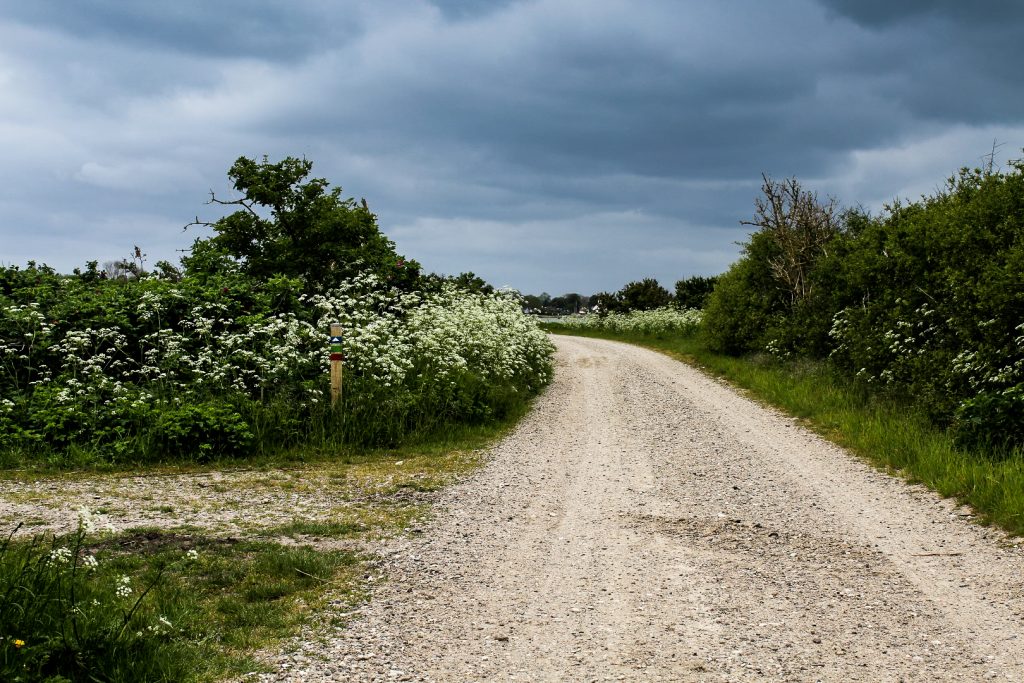

Endelave Strandvej seemed to go on forever, but maybe that was because I was particularly excited for the next sight on the journey; a rock with prehistoric petroglyphs!
East of the farm Bremå, a large rock with two cup marks can be found. Traditionally, it was believed that all petroglyphs in Denmark, including the simple cup marks, dated to the Bronze Age, but an excavation that I participated in on Bornholm in 2017 actually pushed back the dating of the cup marks with 1,200 years to the Middle Neolithic. Generally, there are very few finds from the Bronze Age on Endelave, and maybe there’s one less than first anticipated as these two cup marks may as well date to the Neolithic.
The significance of the cup marks is difficult to interpret, but qualified guesses from archaeologists include star constellations and maps of burial grounds.
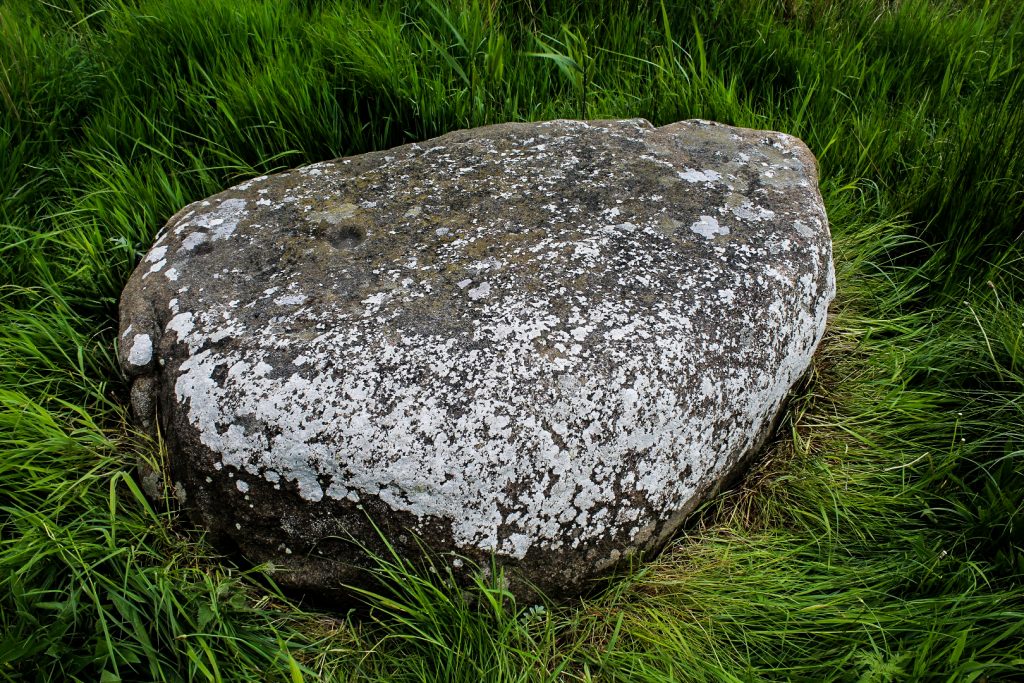
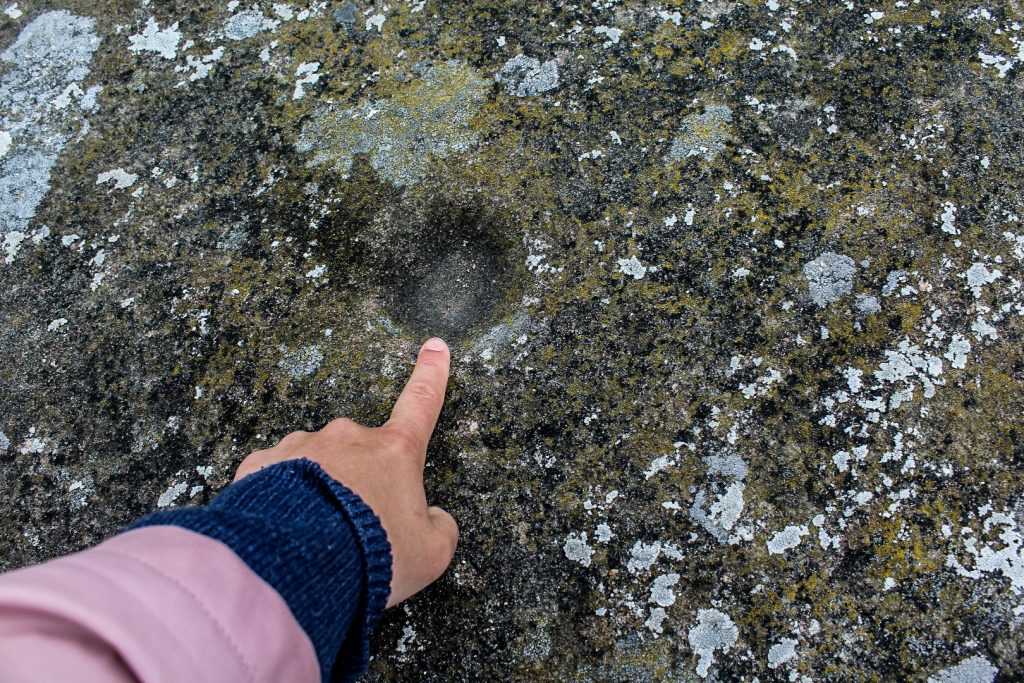
After a little break by the petroglyph rock, I continued my hike into the forests of Øvre, locating small forest lakes and jumping at the sight of a dead grass snake. We don’t have many snakes in Denmark, so I always get a shock when I do see one. I just wish this one had been alive.
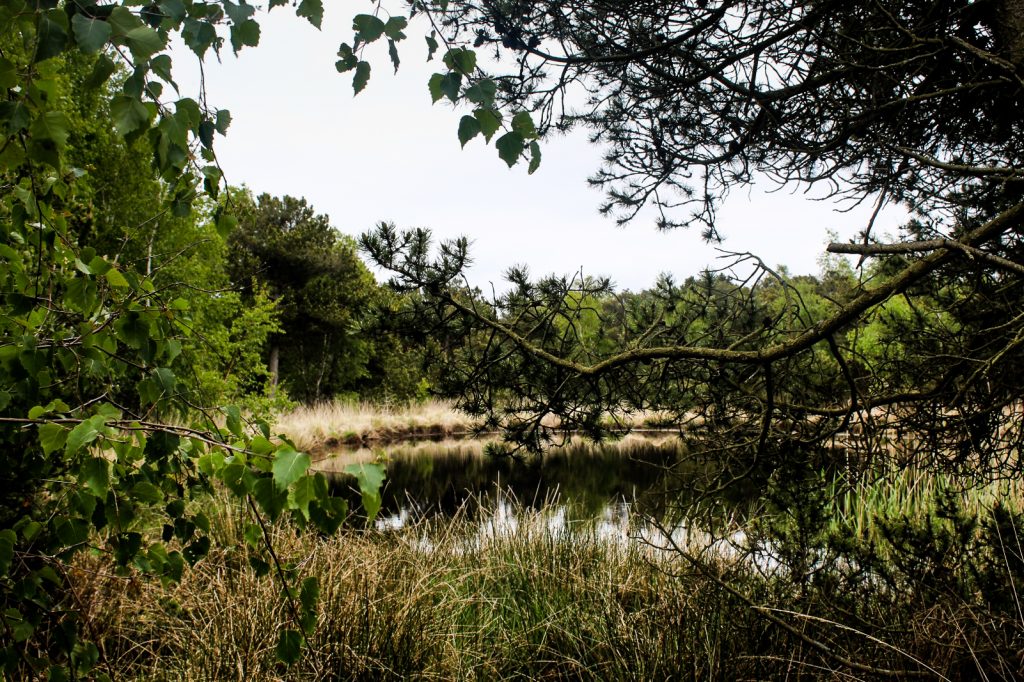
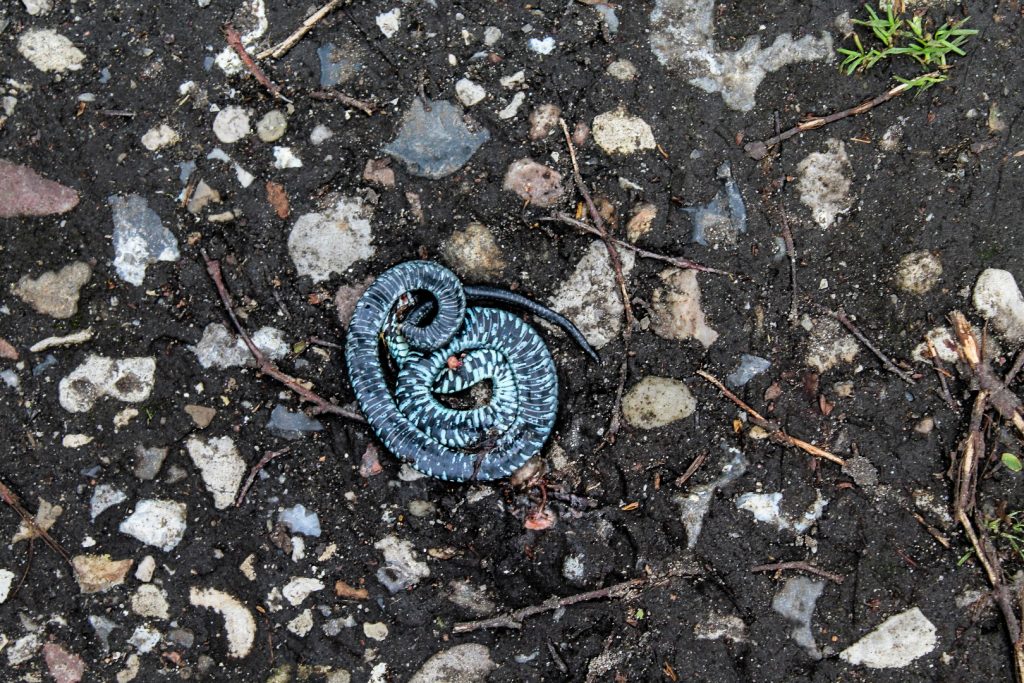
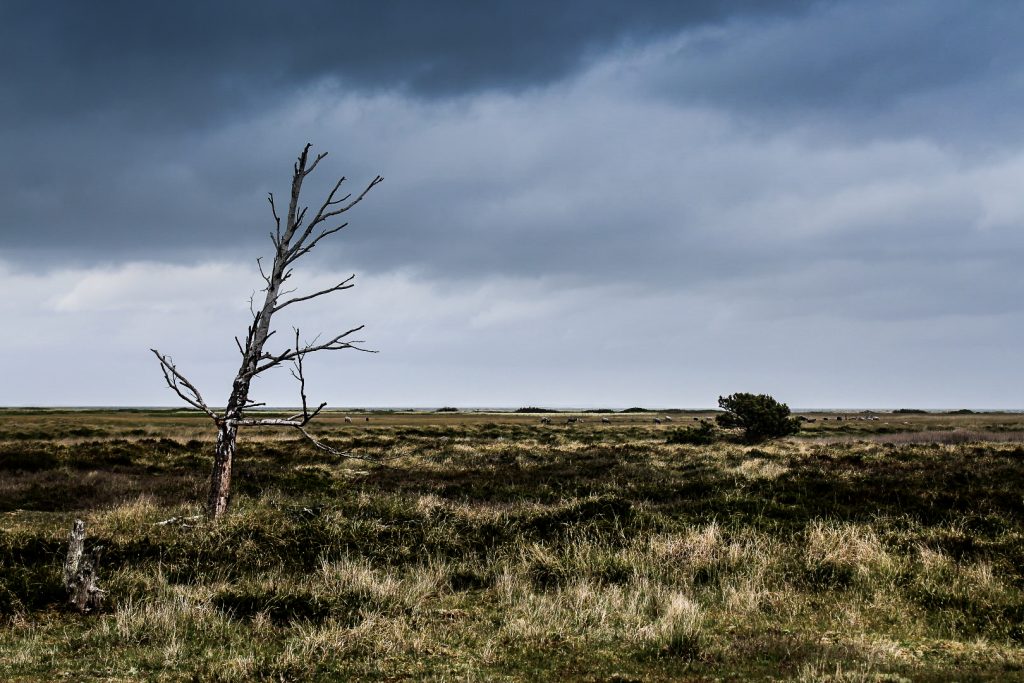
The journey through prehistory continued as I arrived at the next sight, a proposed stone ship burial from the Viking Age. In reality, it’s 78 rocks with seemingly random placements, which may or may not have been placed there intentionally.
When the site was examined in 2010, a fragment of a buckle dated to ca. 860 AD was found. This buckle is of the type that is often found in female burials from the Viking Age, hence the interpretation of the site as a burial site. That the rocks represent a stone ship, however, takes a bit more imagination to see.
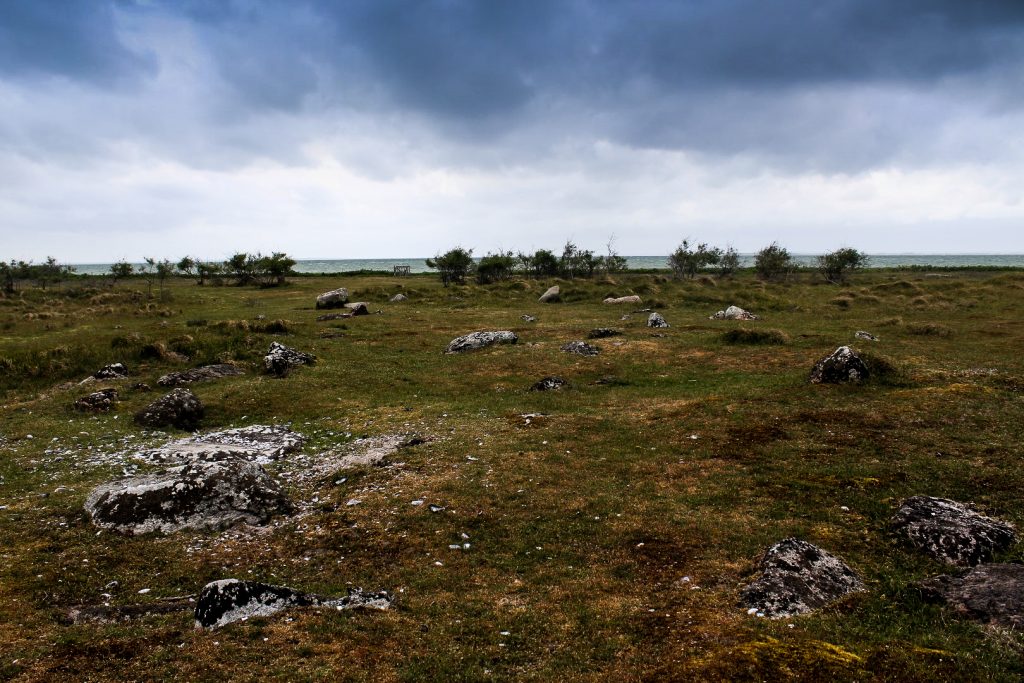
As I left the bunch of rocks behind, I saw something coming towards me. SHEEP! Lots of adorable sheep were rushing towards me, probably because they thought I was bringing them food.
Unfortunately, they soon ran away again when they realized that it wasn’t true…
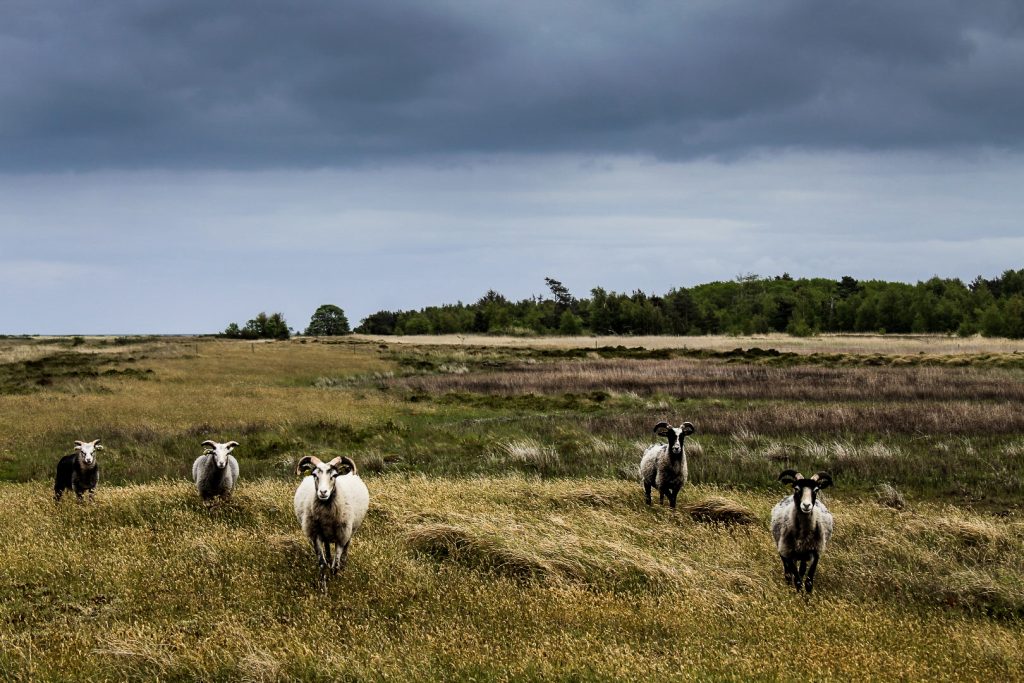
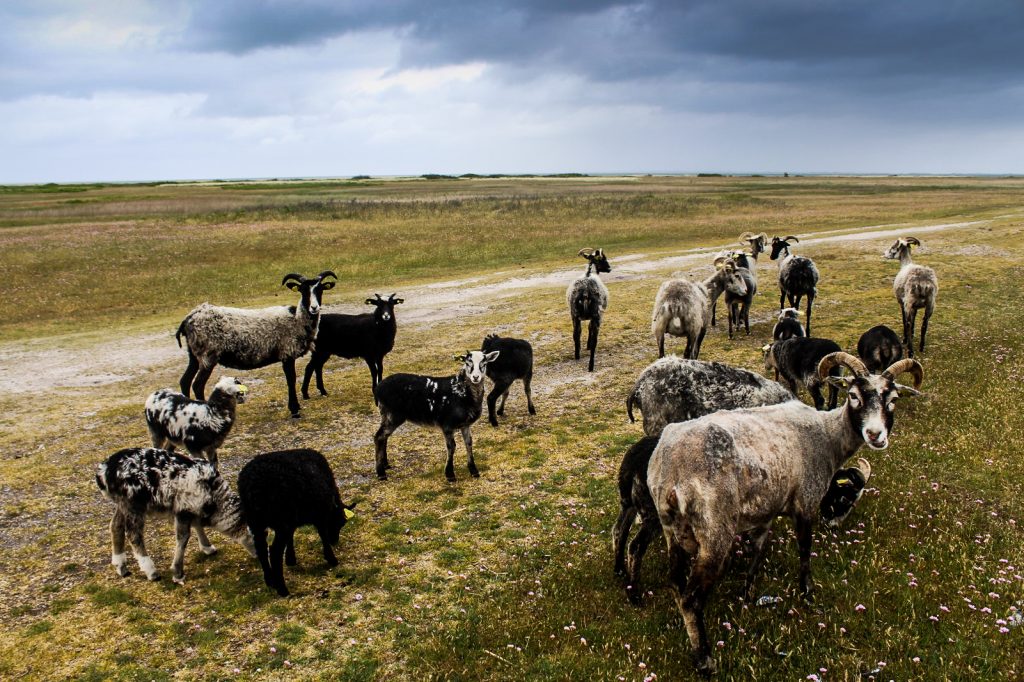
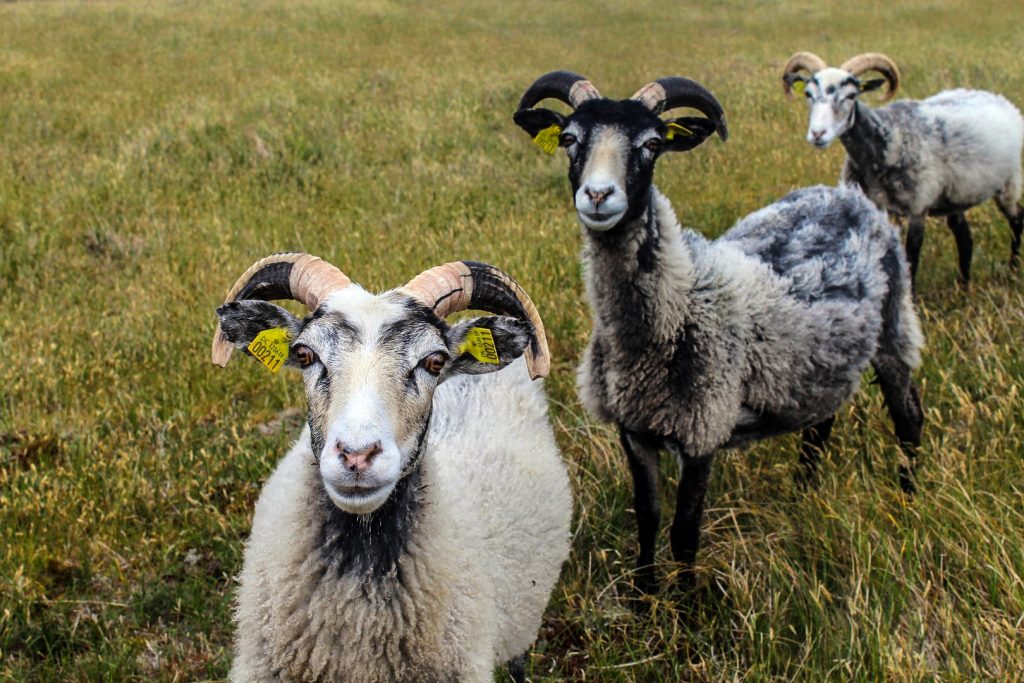
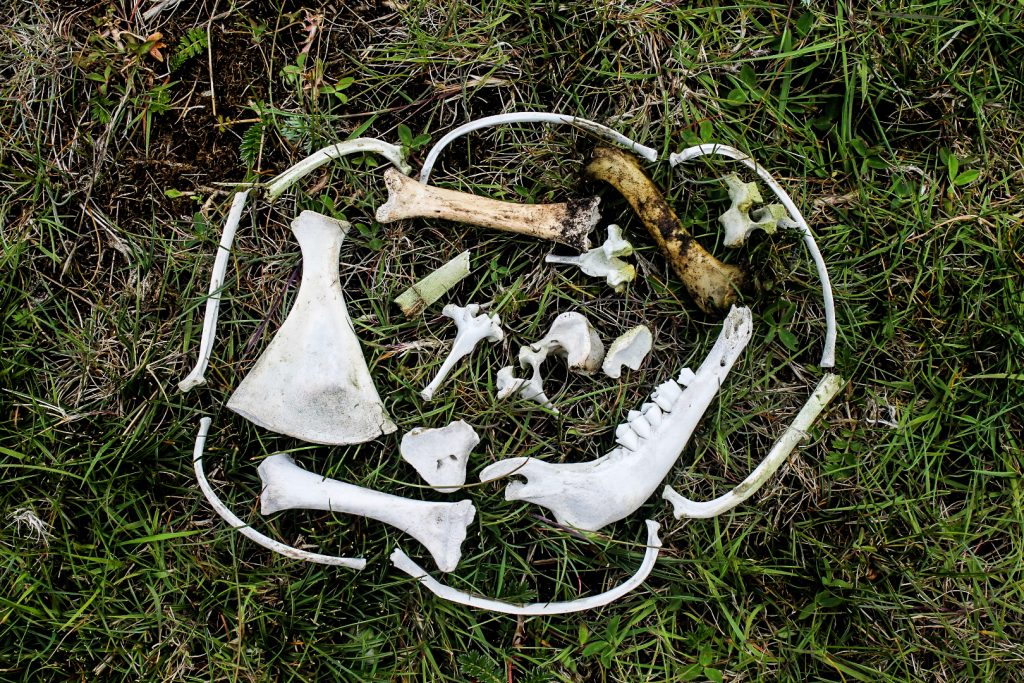
There’s so much to see in Øvre, and as you might have guessed, I wasn’t done yet. Next up was one of the most exciting places on Endelave, the northernmost tip, Øverste Ende, where two seas meet.
Getting there requires a detour of about 500 meters each way from the dirt road, but it is well worth it. There’s a well-trodden path that leads all the way out to the northern tip, with crashing waves on the wind side and calm water on the sheltered side. It’s quite the phenomenon to see!
I would’ve loved to stand between the two seas in bare feet, but it was too cold. Instead, I walked out as far as I could, and looked back at Endelave while practically having left it behind. For a moment, I was standing in the sea, although on shallow ground.
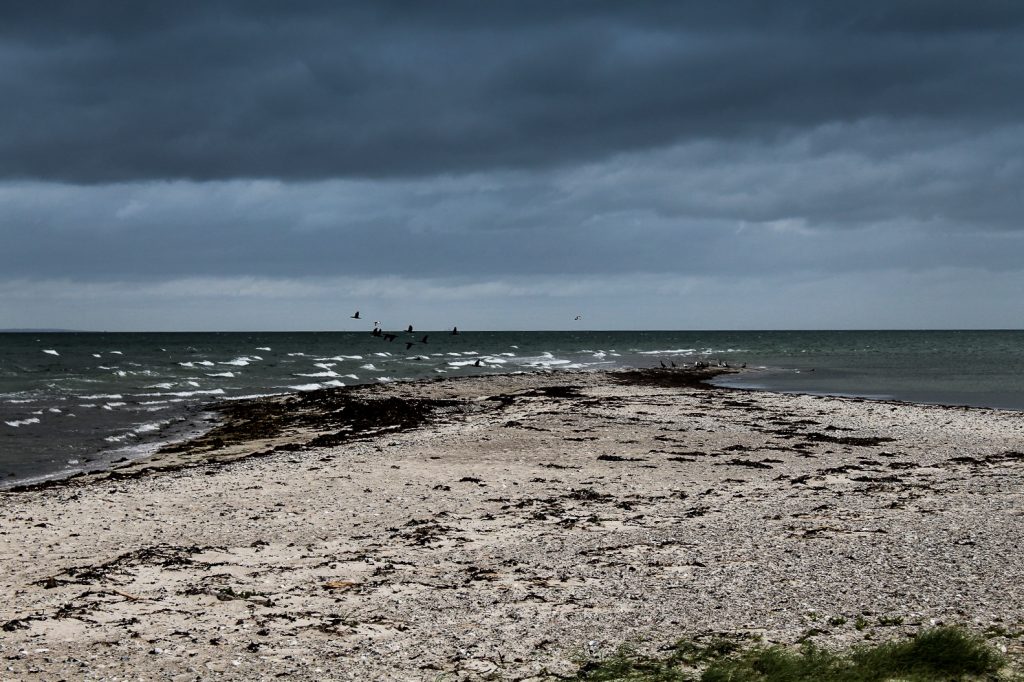
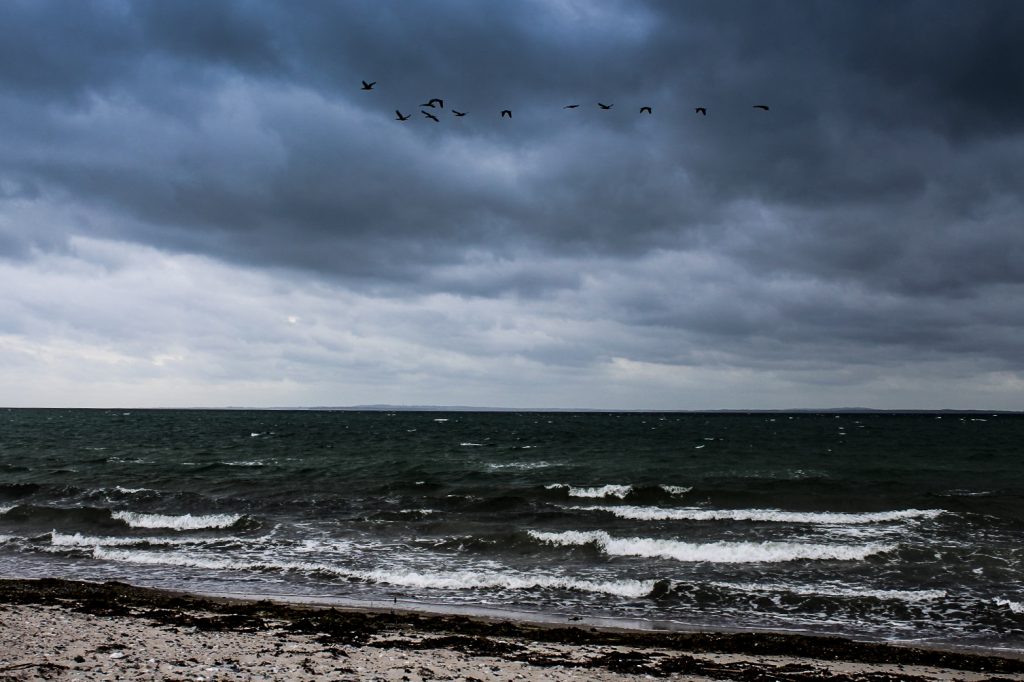
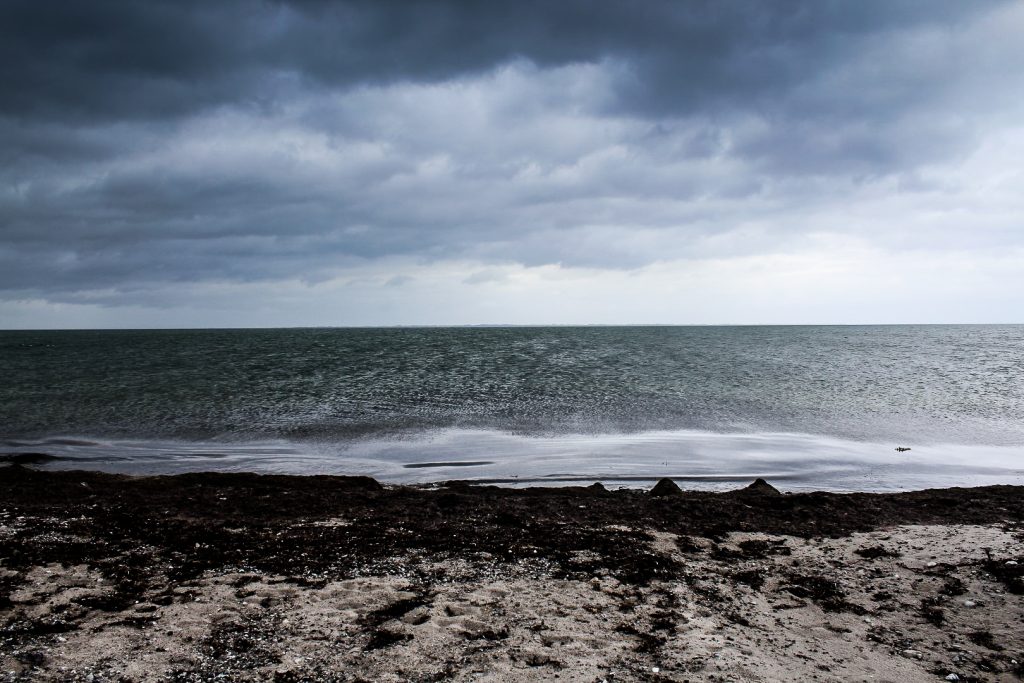
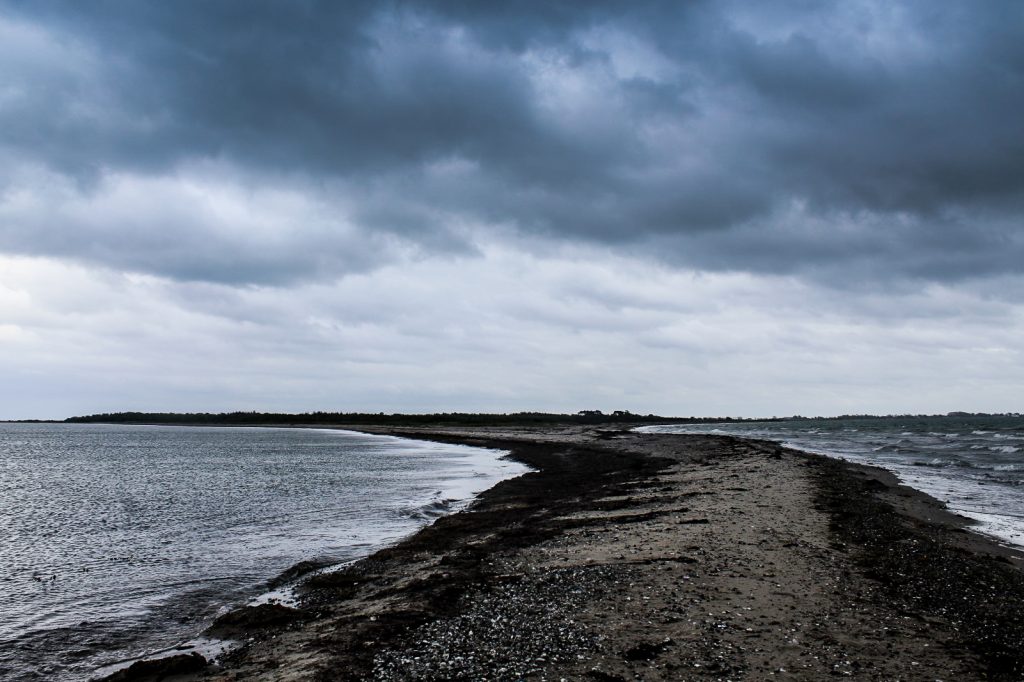
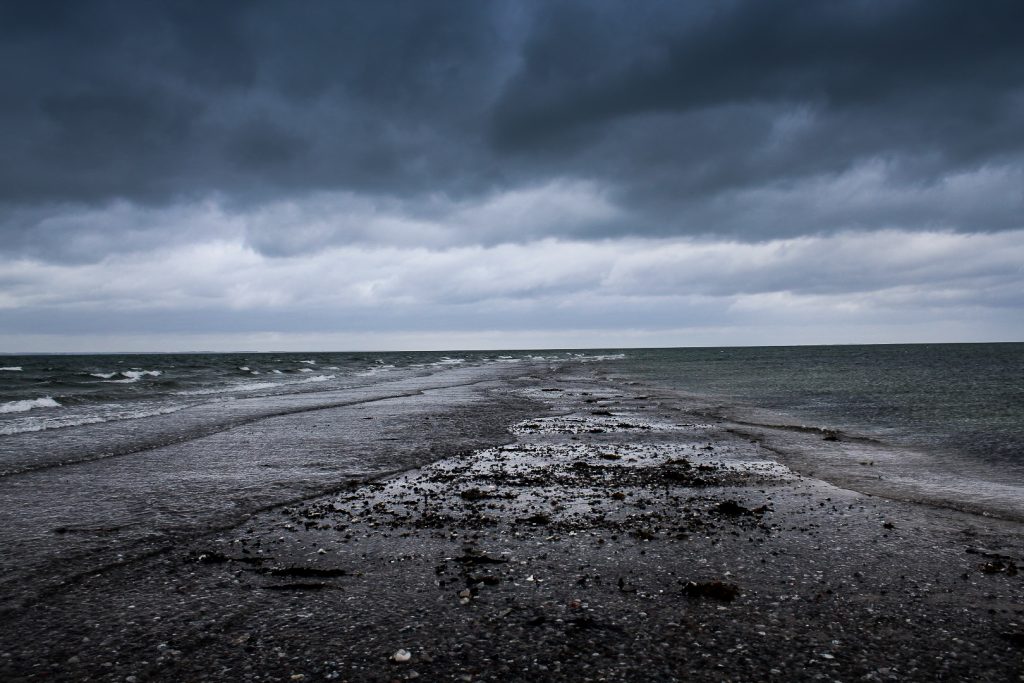
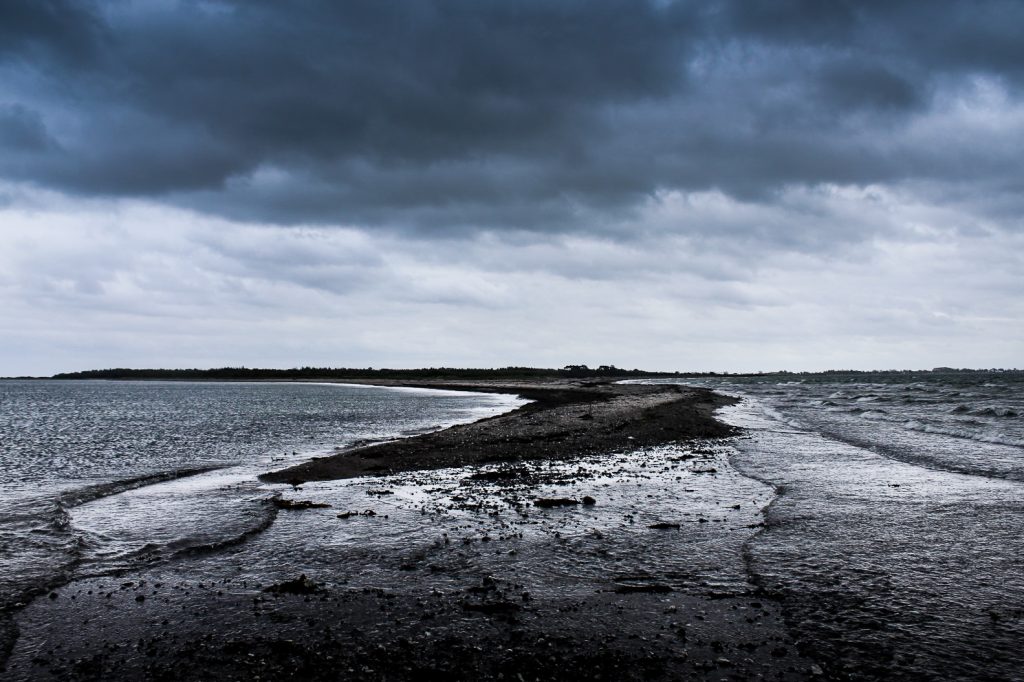
I continued along the coast until I got to the next and last historical sight on my journey, Ranes Borg (‘Rane’s Fortress’). This one is the least known of Endelave’s historical sights, maybe because little is known about the structure itself.
All that is left is stones from the foundation of a building that no one knows anything about, other than that it was man-made. The site has been examined many times, most recently from 2011-2013, but no datable artifacts were discovered.
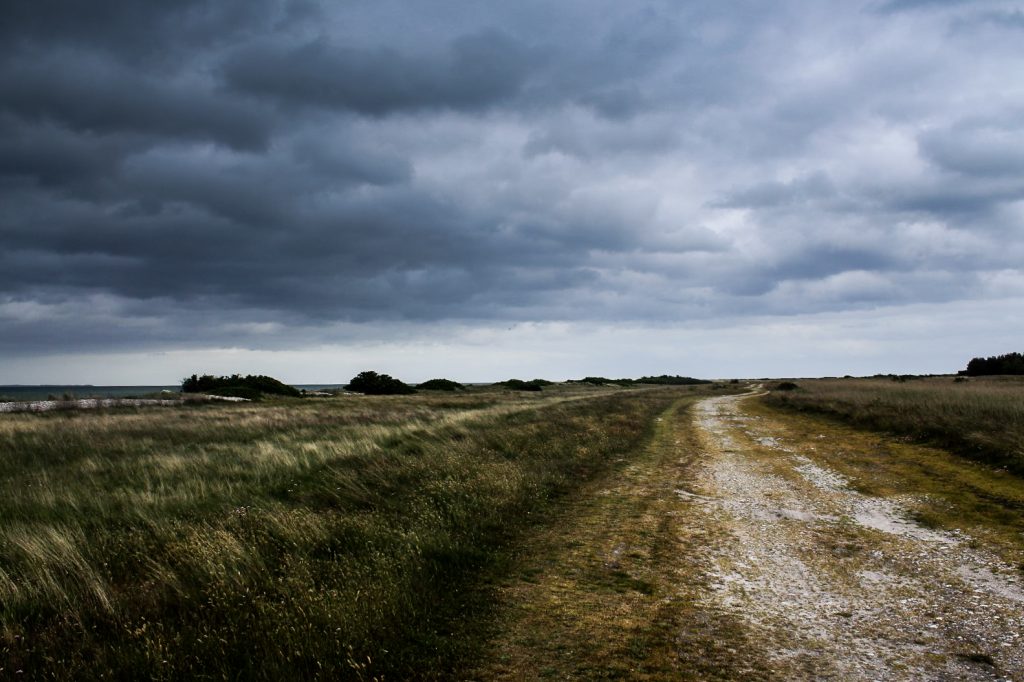
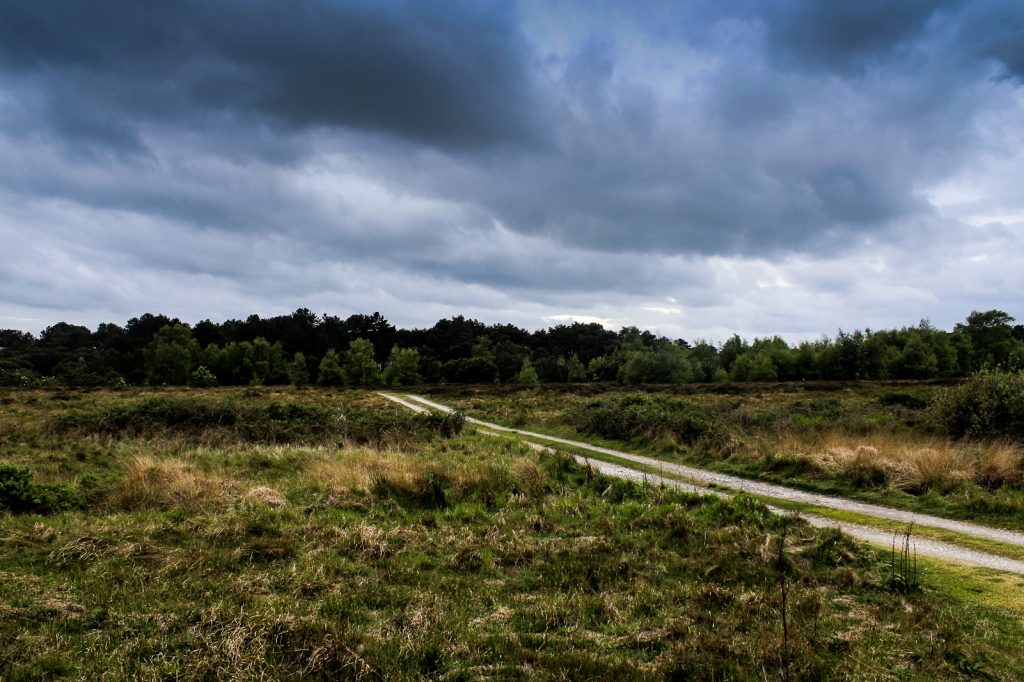
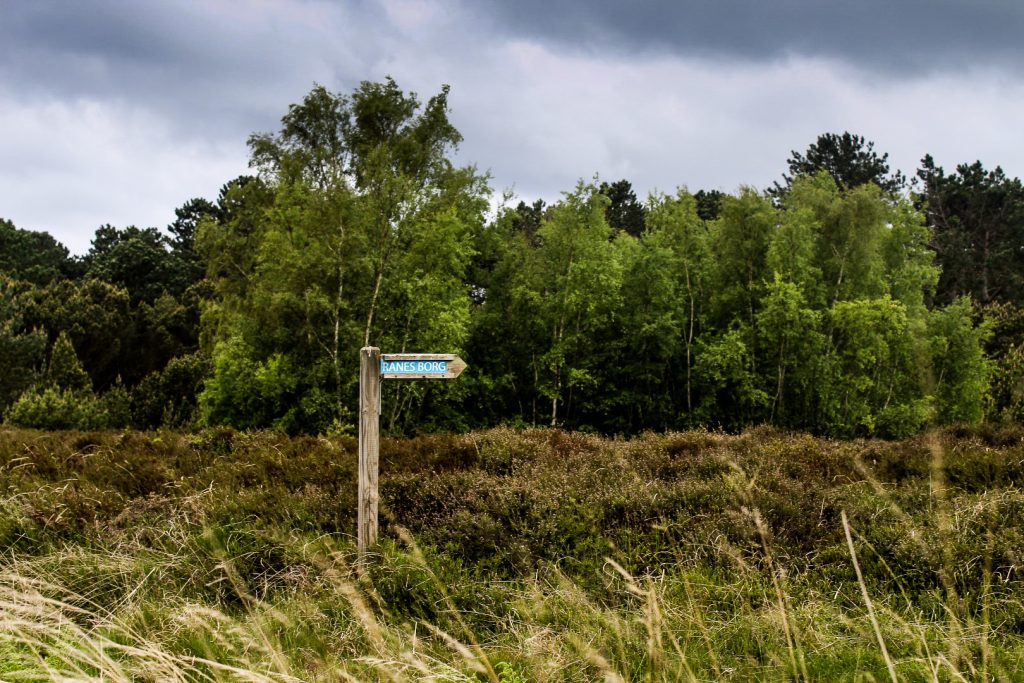
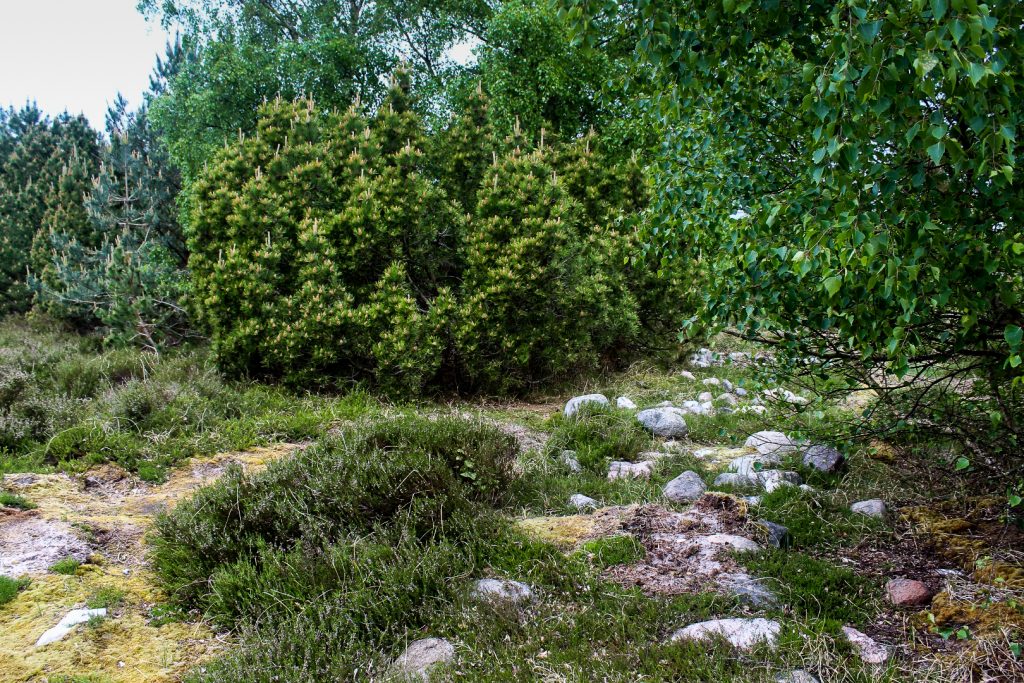
Walking along the east coast of Endelave was a real pleasure as there was hardly any wind compared to the west and north. I was really enjoying myself, but I got a shock when I checked the time and it read 6 PM. I still had a long way to go until I’d reach the windmill at the end of my hike, so I had to speed up to make it to my accommodation before nightfall.
Unfortunately, the trail ended after a little while, resulting in more rocky beach hiking which slowed me down significantly. It was a beautiful stretch, however, especially when I came across a mini-version of Klinten and the first wild rabbits started to appear.
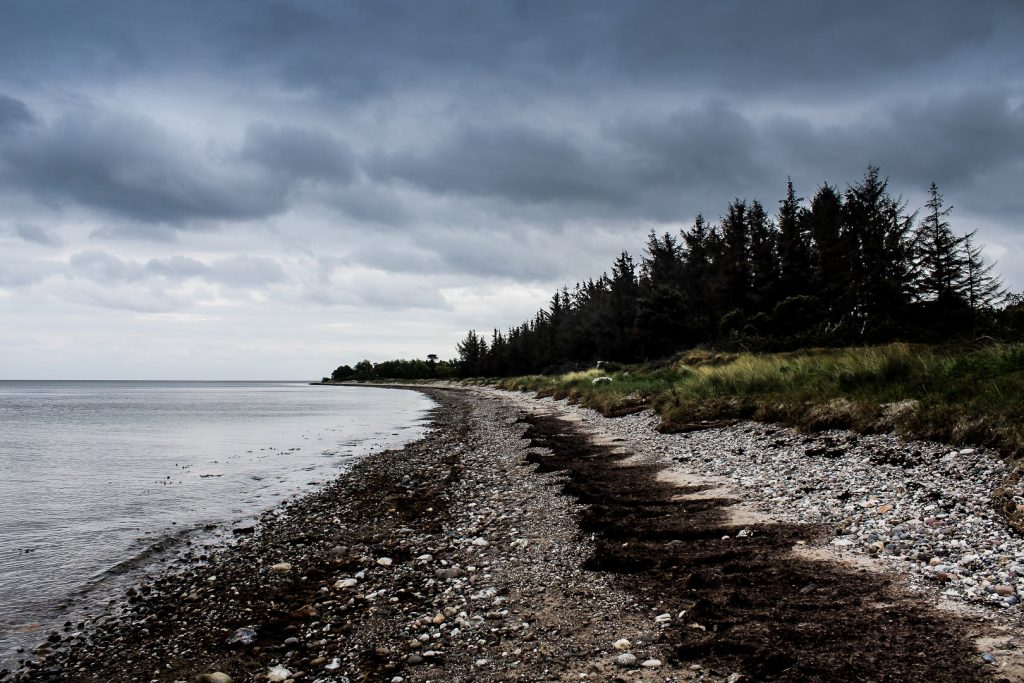
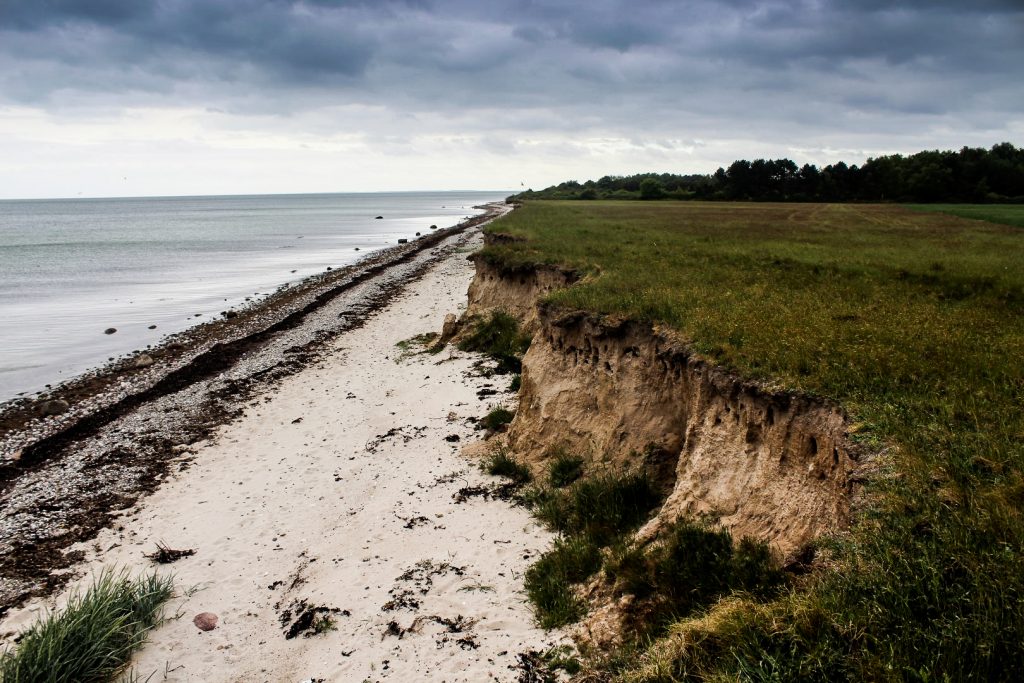
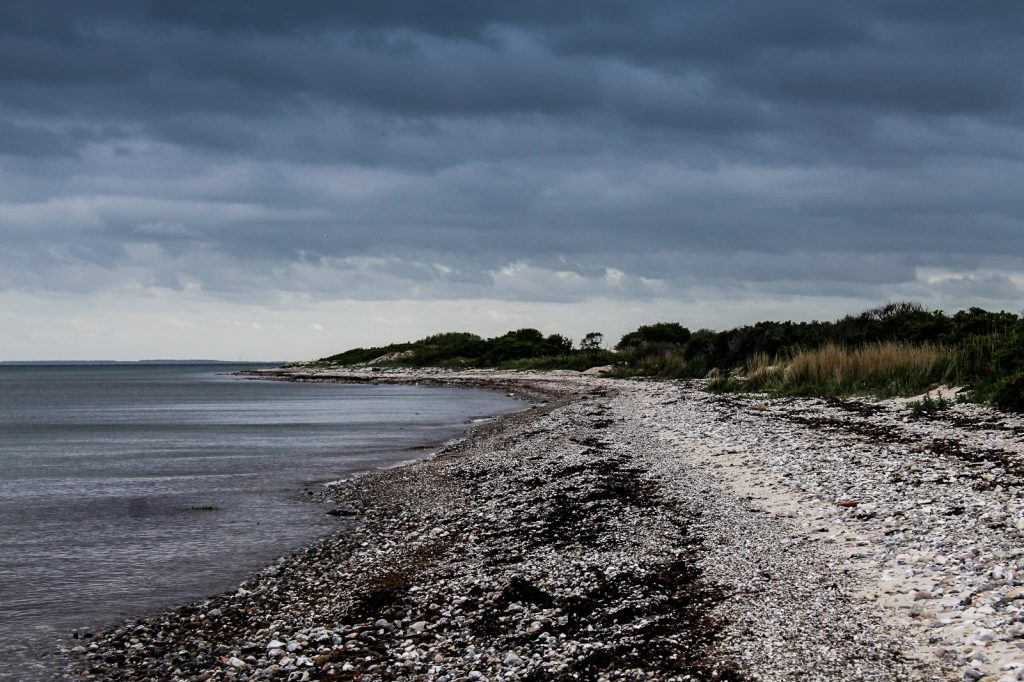
The rocky beach seemed to go on forever. Once in a while, I’d find a small footpath, but it didn’t last long before I’d be back on the beach again. But then the first summer houses at Lynger Hage appeared and I knew I was close to the path I’d rode on with Mette and Mathilde the day before.
Soon after, I turned the massive corner of the island to its southern coast, and the windmill appeared in the distance. I was almost there.
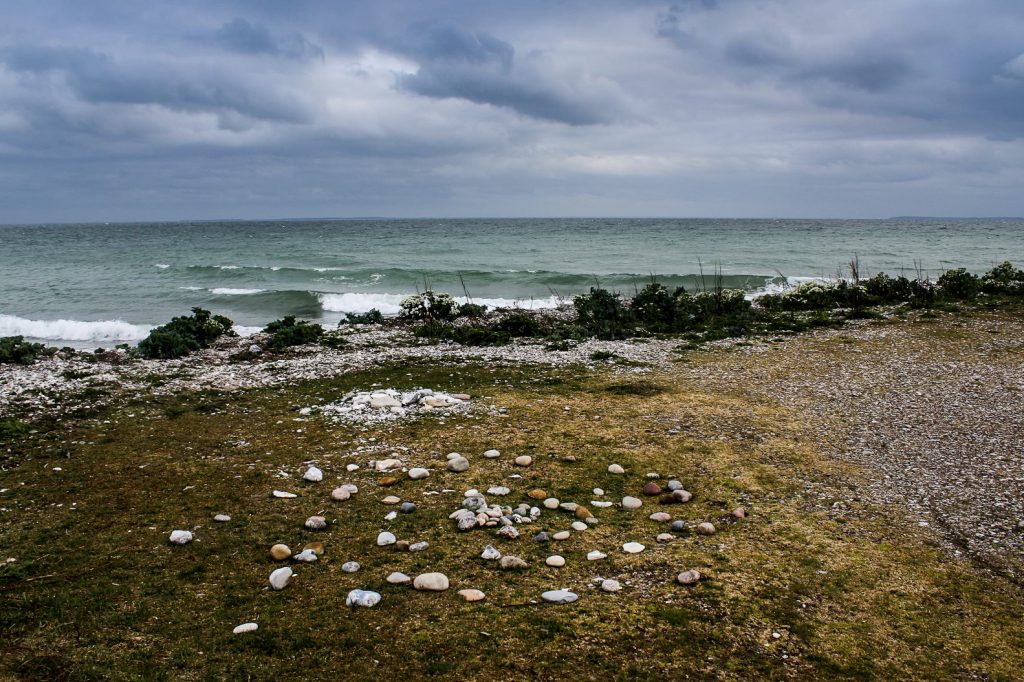
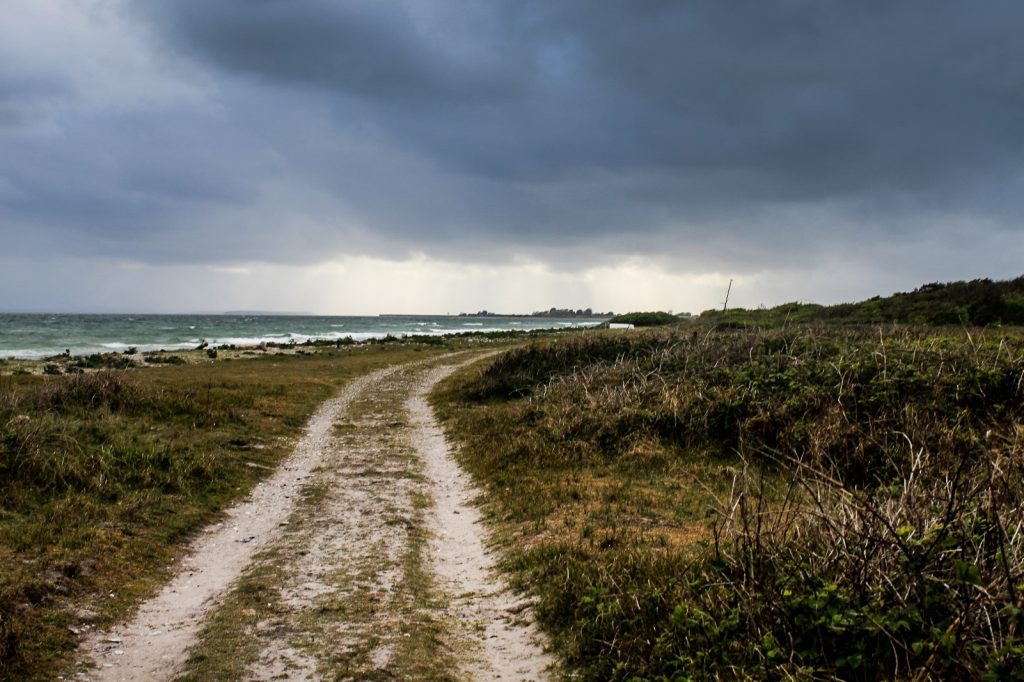
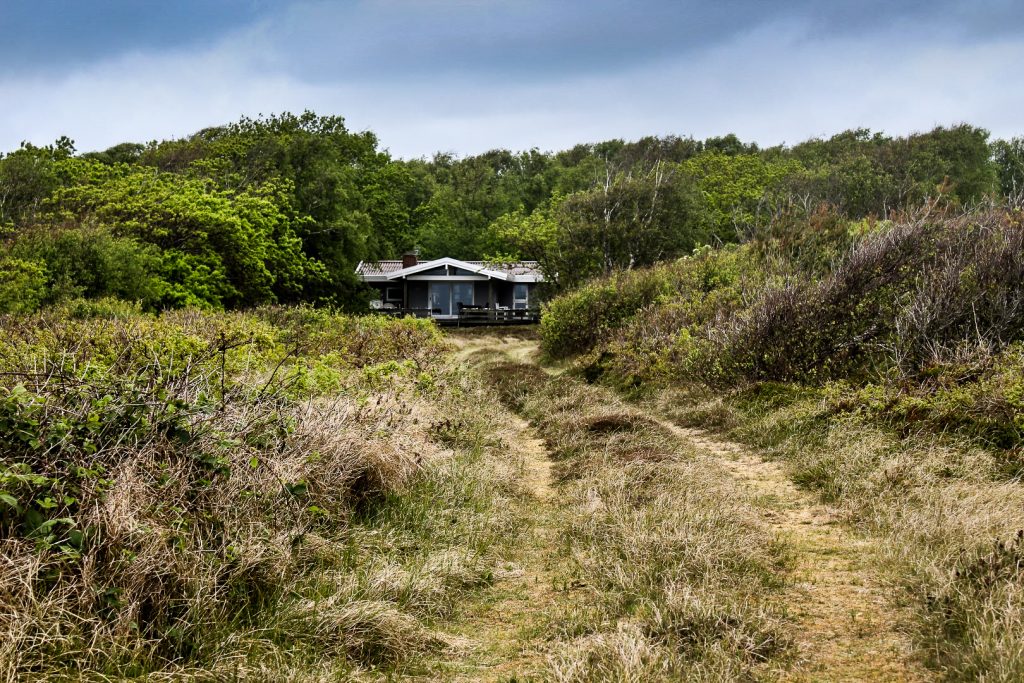

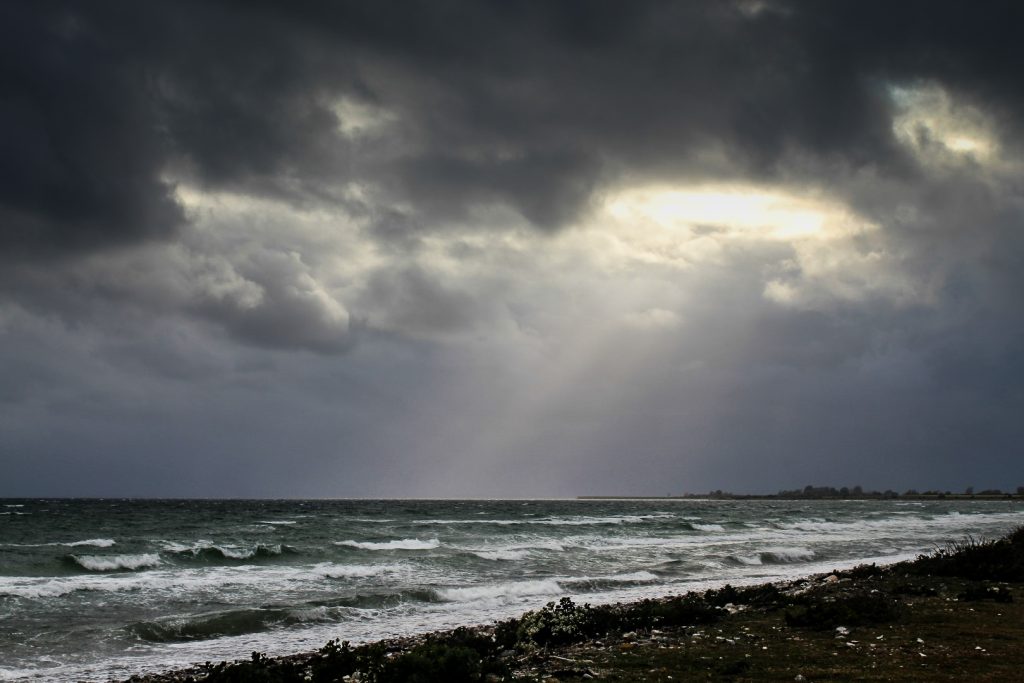
The last stretch followed the footpath until that ended a few hundred meters from the windmill. I had myself another little stony beach hike before I finally reached the place where I’d started my hike seven hours and forty minutes earlier!
I was overjoyed. It had taken me much longer than it should (the usual time is about six hours), but I’d taken many detours and lots of photo breaks. I finished at exactly 8 pm and walked back to the Medical Herb Garden where takeaway from Hos Os awaited me!
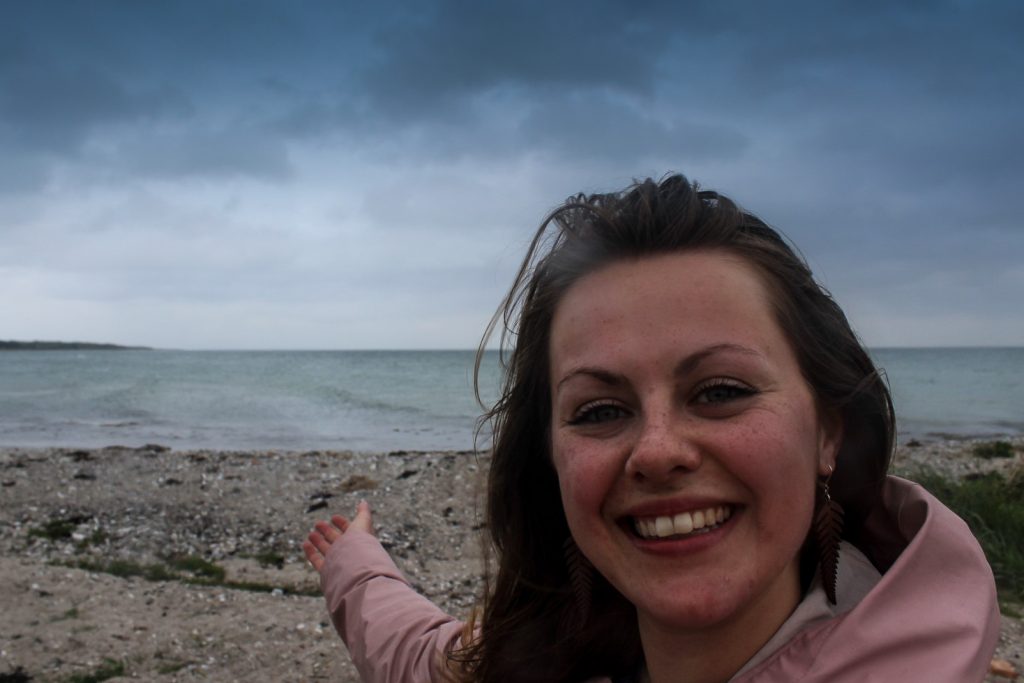
Night at the shelter
I picked up my bike at the garden and drove back to the riding centre to pick up my bag. I wasn’t sleeping there the second night, instead I was sleeping in one of the shelters behind the old school. I’d wanted to say goodbye to Mette, but unfortunately, she wasn’t home.
While I was getting ready for bed at the shelter, I suddenly heard my name being called. It was Mette and her husband Jørgen who had been eating at the inn and had come to see how I was doing. We sat on a bench and chatted for a while before darkness set in and it was time to go to sleep. It was so wonderful to get to say goodbye, and I was really happy that they made the effort to come see me.
I had a great night in the shelter and woke up to the sound of singing birds. I had an early ferry to catch at 6.30 AM, but the sun was already up, revealing what a beautiful day it was going to be. So beautiful that I regretted not spending this day on the island as well. But I feel sure I will be back. Endelave is just too beautiful not to revisit.
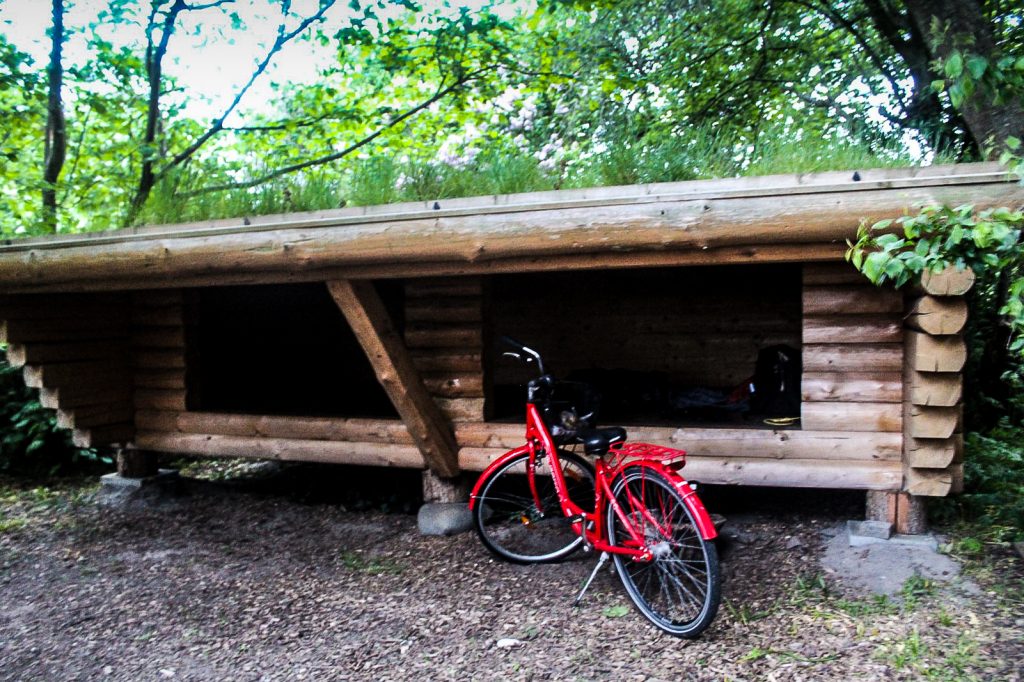
Travel info on Endelave
WHEN TO GO: Endelave is accessible year-round, although it’s a much more popular destination in the summer. I’m sure that winter on the island is gorgeous though (especially when it snows), but do realize that most eating places and accommodation options will be closed in the winter season.
HOW TO GET THERE: The ferry to Endelave departs from Snaptun, a small town near Horsens on Jutland’s East coast. To get to Snaptun, you can catch a bus from Horsens, Glud or Juelsminde (see the timetables here). You don’t need to book a spot on the bus in advance, but know that you cannot pay with credit card on the bus. The ferry to Endelave departs daily and takes about 70 minutes (see the timetable and book your ticket here – the website is only in Danish, but Google Translate is your friend!).
GETTING AROUND: It’s not necessary to bring a car to the island as the distances are relatively short within the village. Instead, I recommend renting a bike. There are a few bike rental companies on the island, but I personally recommend renting one at Endelave Grill og Café, which is located at the harbour.
ACCOMMODATION: There are plenty of options for accommodation on the island. For budget friendly options, you can sleep in the shelter for 20 DKK per night or book a tent spot at Endelave Camping for 100 DKK per night. For a more comfortable night, I recommend Mette’s B&B (and horseback riding!), which you can book by contacting her. You can find her contact info here. There are of course also other options, which you can see a list of here.
EATING AND DRINKING: There are surprisingly many places to eat on the island. There’s a small supermarket, which is open Monday-Saturday, or you could eat out at one of the islands’ many restaurants and cafés. I recommend Endelave Kro and Hos Os at the Medicinal Herb Garden, especially for vegan dishes (just remember to call in advance at Hos Os). For a drink and a chat with the locals, swing by Møllehuset at Vesterby 50.
ACTIVITIES: There is so much to see and do on Endelave! I recommend hiking Kaninoen (21 km around the island, see my explanation in this post), horseback riding with Turridning Endelave and a guided tour at the Medicinal Herb Garden. Or you could just spend your time stalking the wild rabbits and enjoying the special atmosphere on the island!
↠ This trip was made in collaboration with Visit Horsens, but all opinions expressed are solely my own ↞
Leave a Comment
Pingback: A weekend on Tunø, a car-free island in the Kattegat Sea – Northtrotter on 02/06/2020
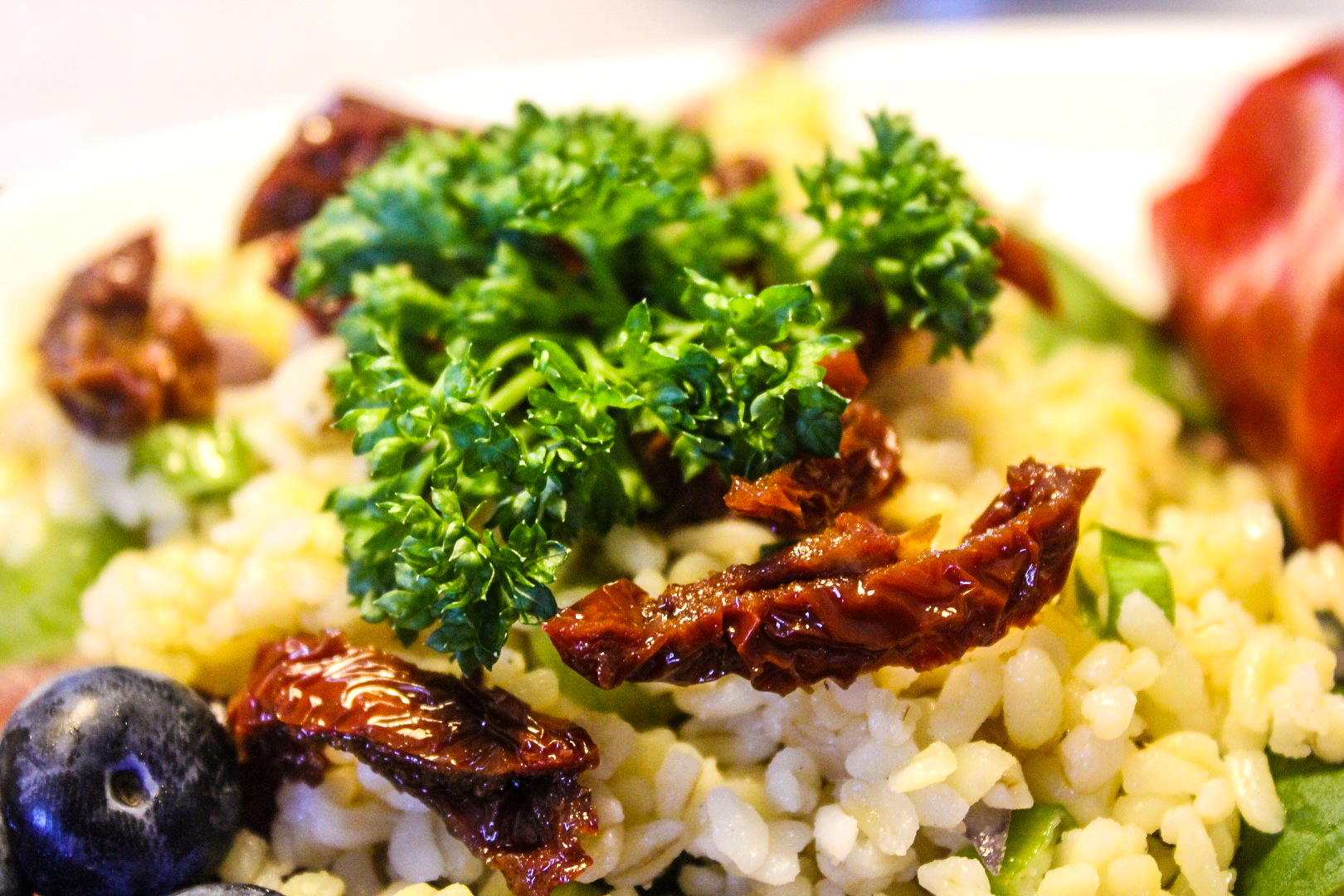
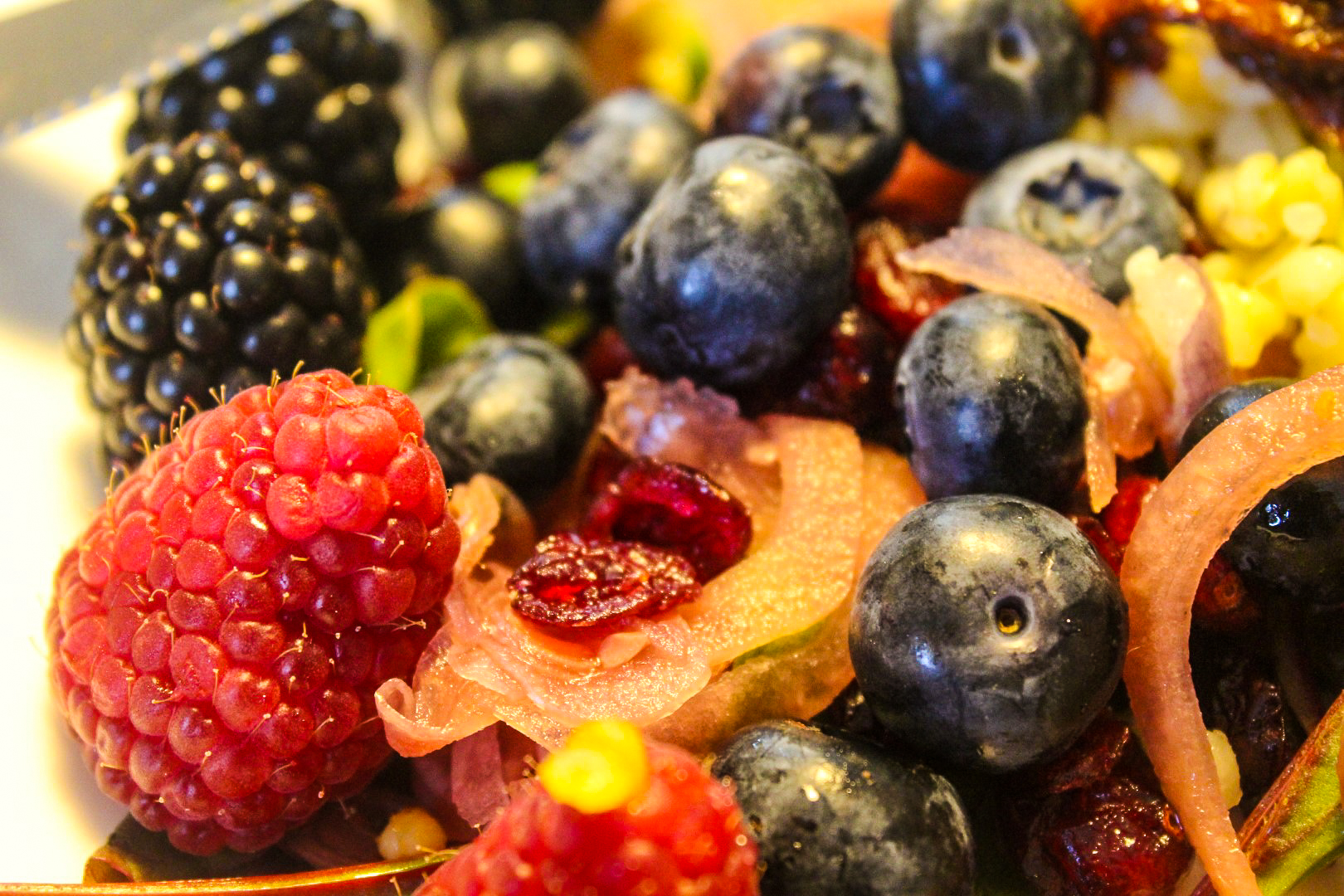
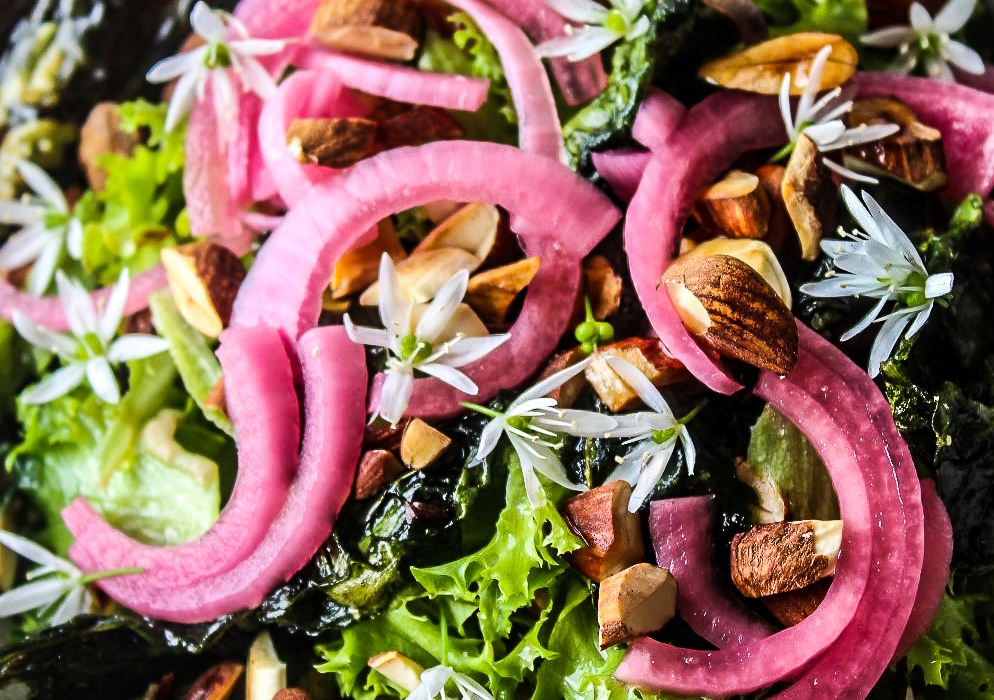
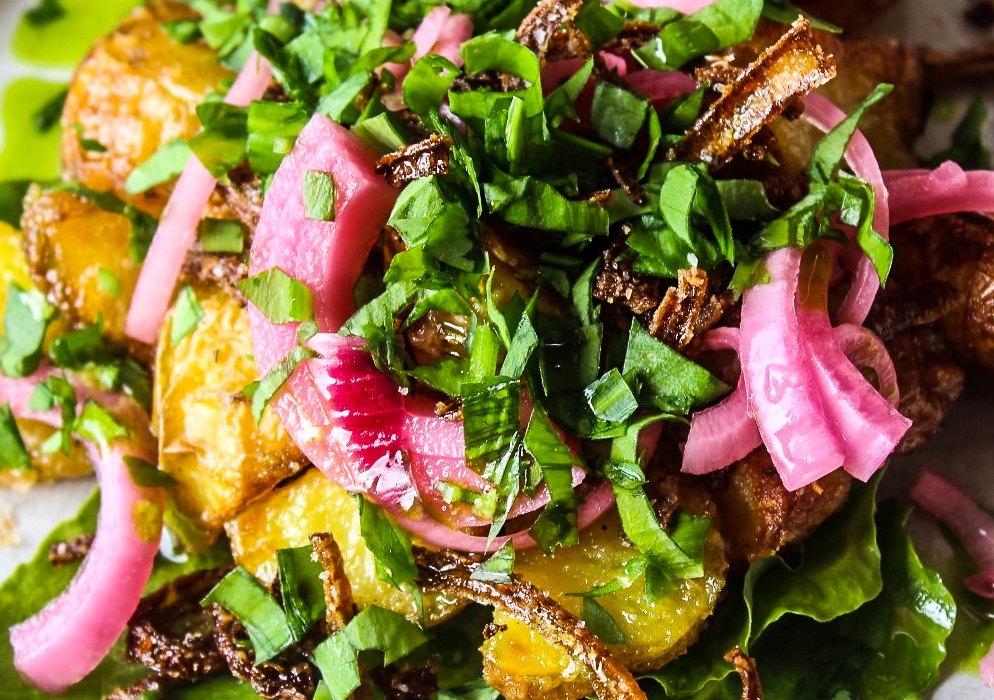
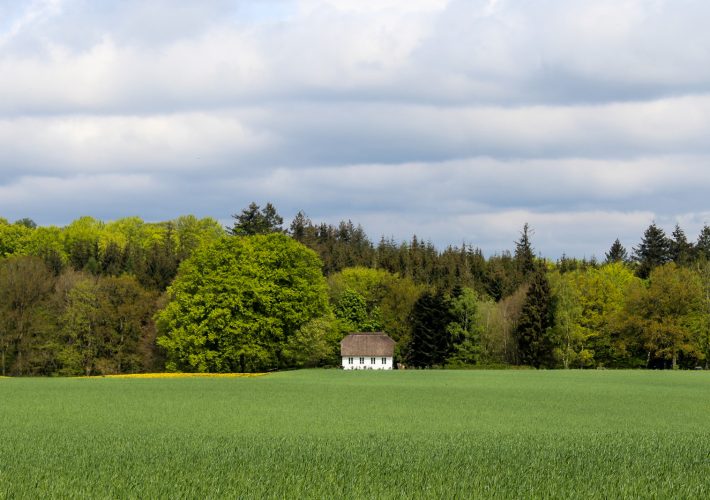
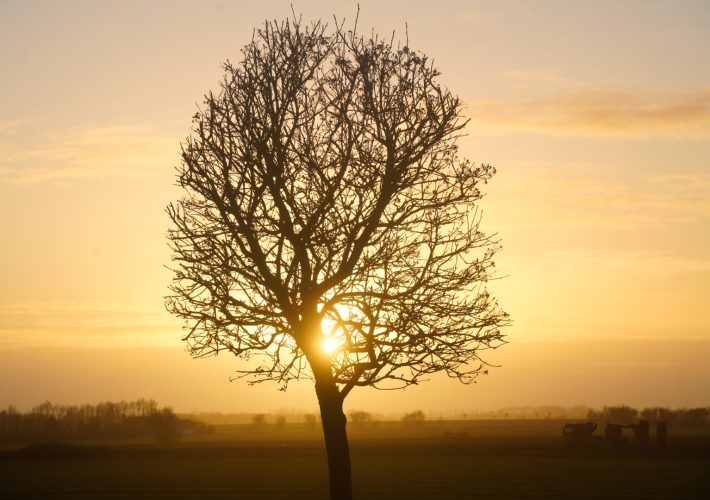
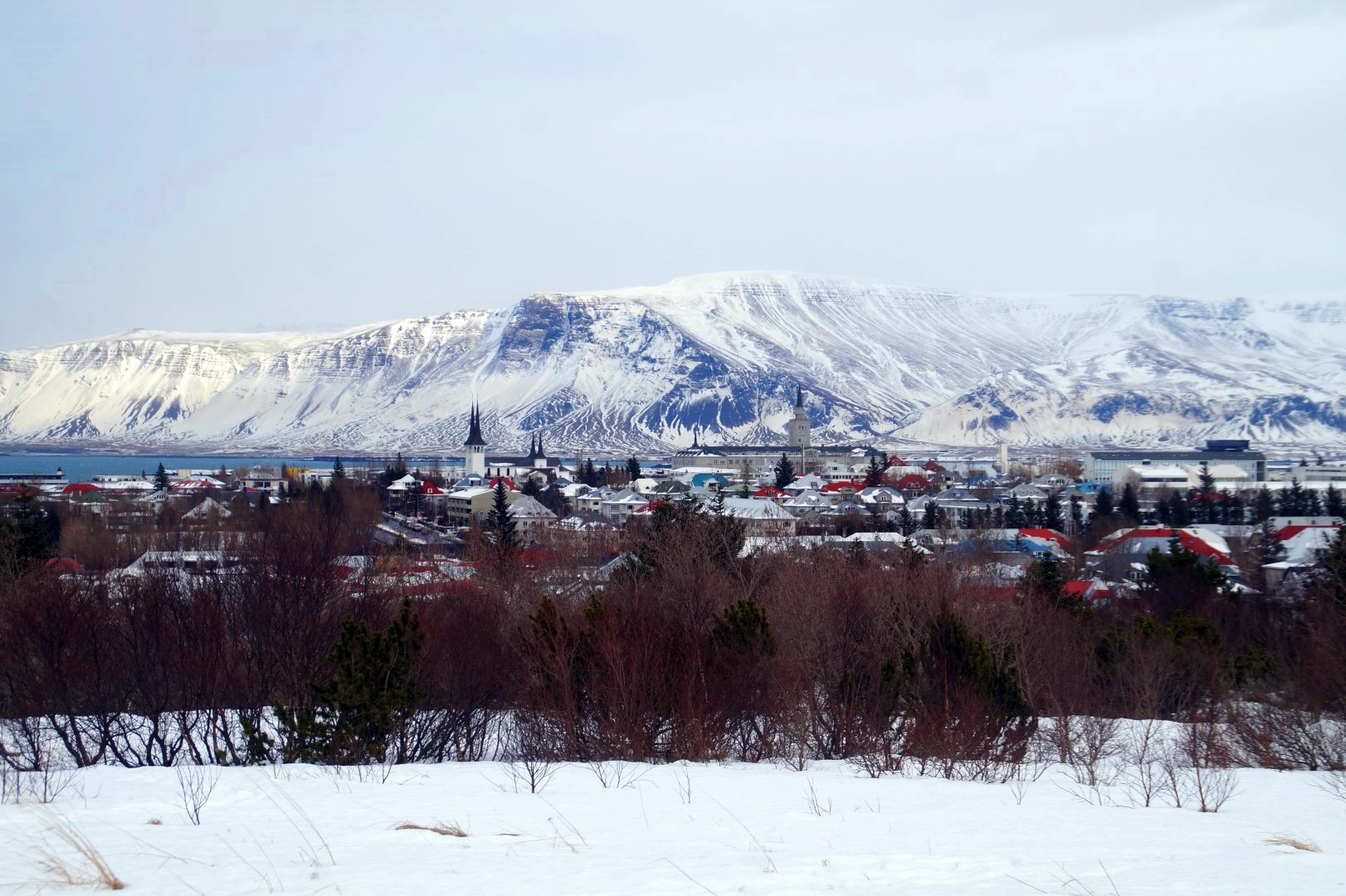

5 COMMENTS
Jens Toft
4 years agoHej Melissa .
Tak for nogle fantastiske billeder !
Jeg og min familie ejer flyvepladsen på Endelave og har gennem et halvthundrede år gjort meget for turismen på Endelave. Jeg har netop færtiggjort en tre siders Beskrivelse af en 21 km fodtur Endelave rundt langs kyst, Som Birgit. Juel Martinsen har stået fadder til. Får jeg din mail adresse vil jeg gerne sende dig et kopi af min skrivelse. Mvh Jens Toft
Melissa Cherry Villumsen
4 years agoHej Jens, tusind tak for din søde kommentar! 😄 Jeg vil meget gerne læse din skrivelse om vandreturen! Du kan sende den på min mail iliveasidream@gmail.com.
Desirée travels
4 years agoI’m SO in love with your pictures, Melissa, and Endelave looks absolutely amazing. How long is the ferry, and where does it go to/from? 🙂
Melissa Cherry Villumsen
4 years agoThank you, Desirée! So happy to hear that ;-* The ferry departs from Snaptun on the East coast of Denmark and takes about 70 minutes. Thanks for reminding me to share that info on the post!